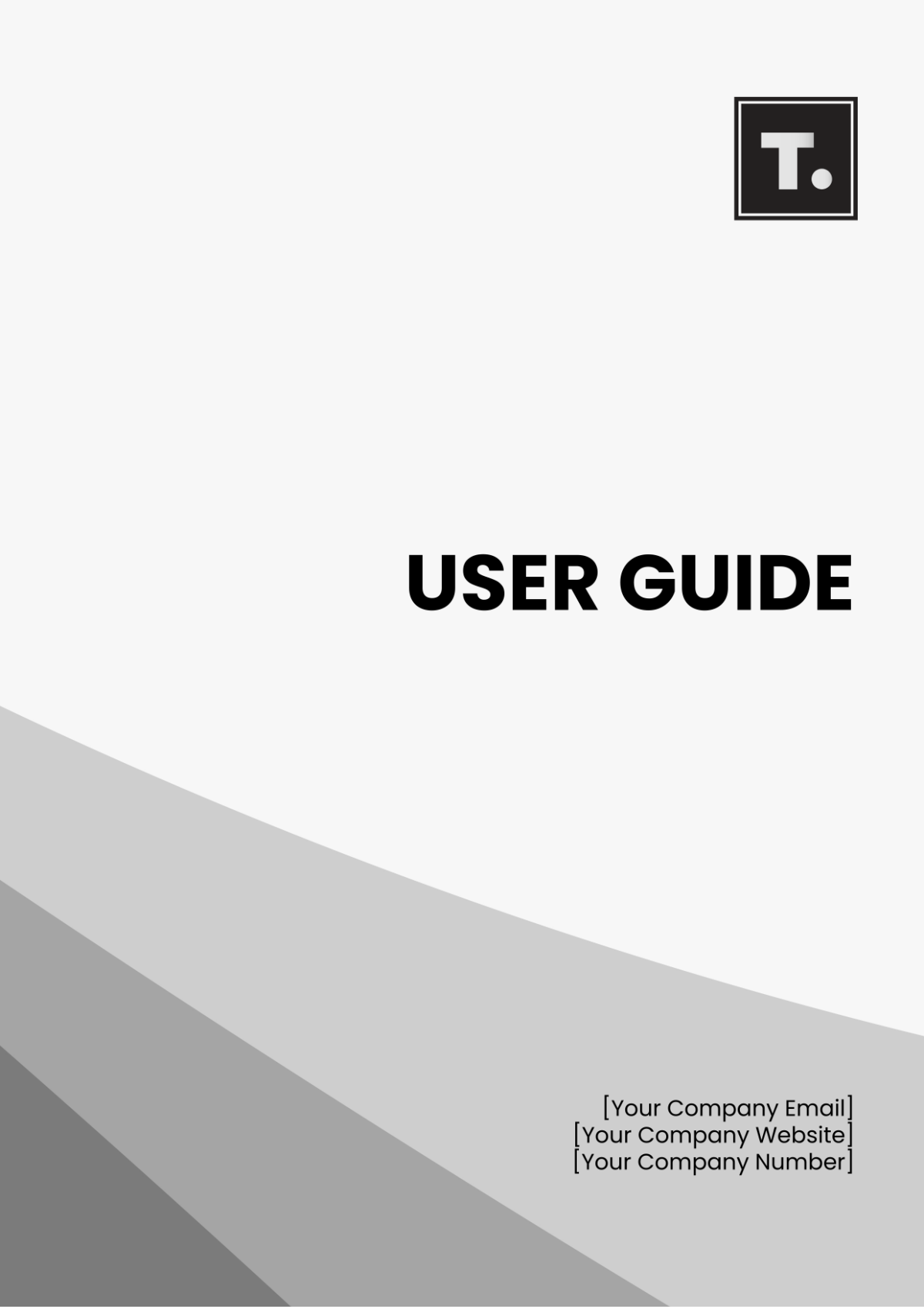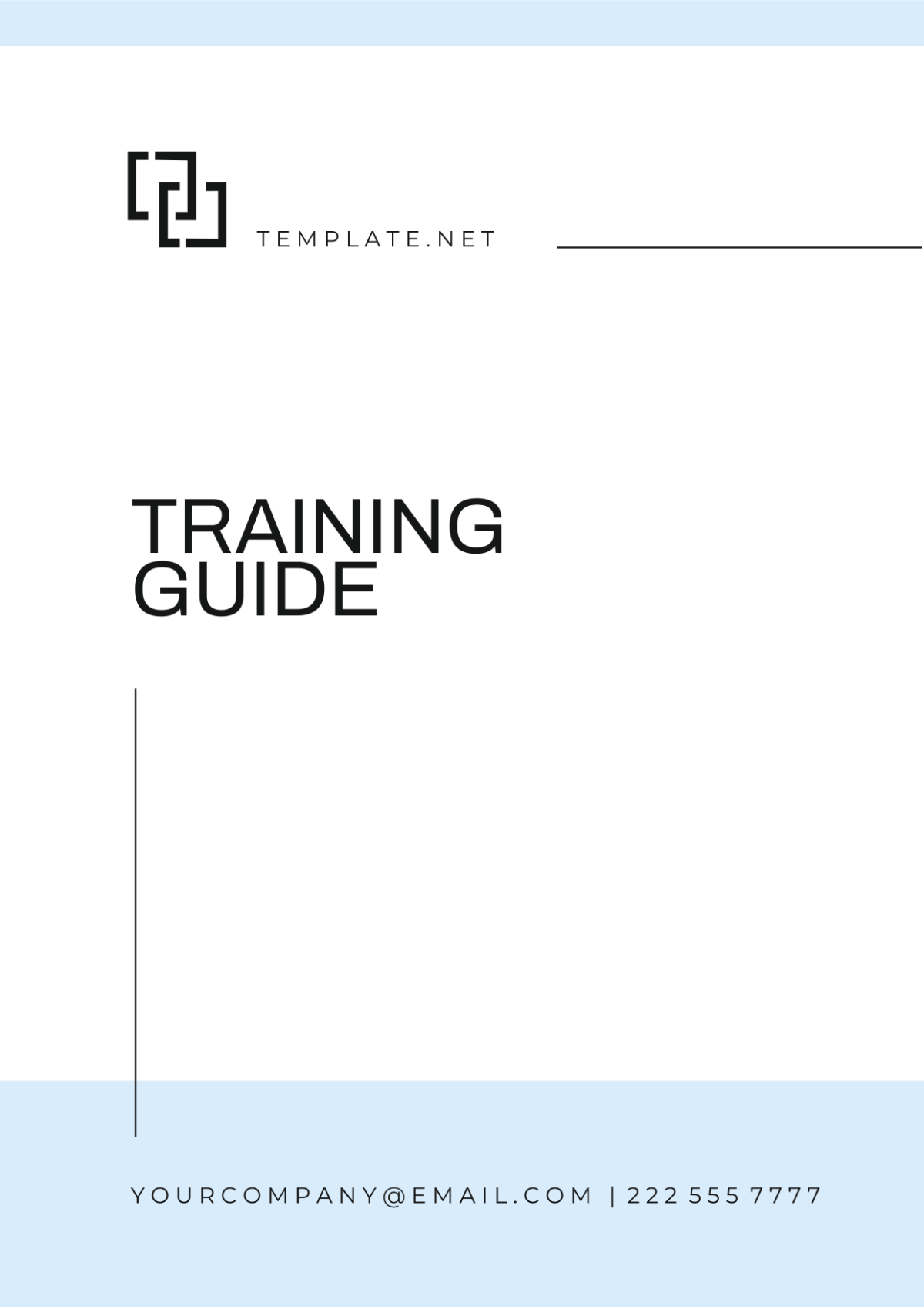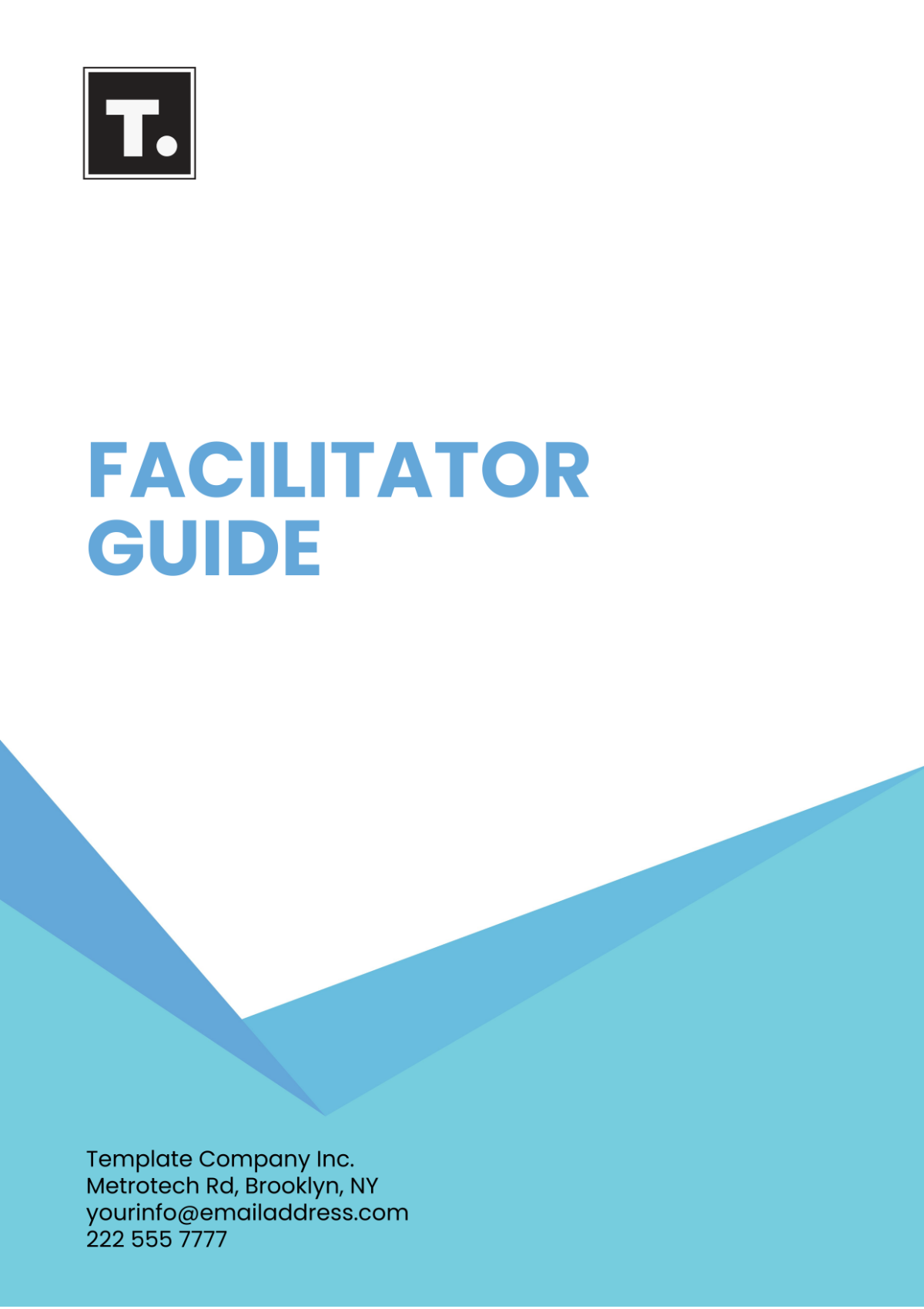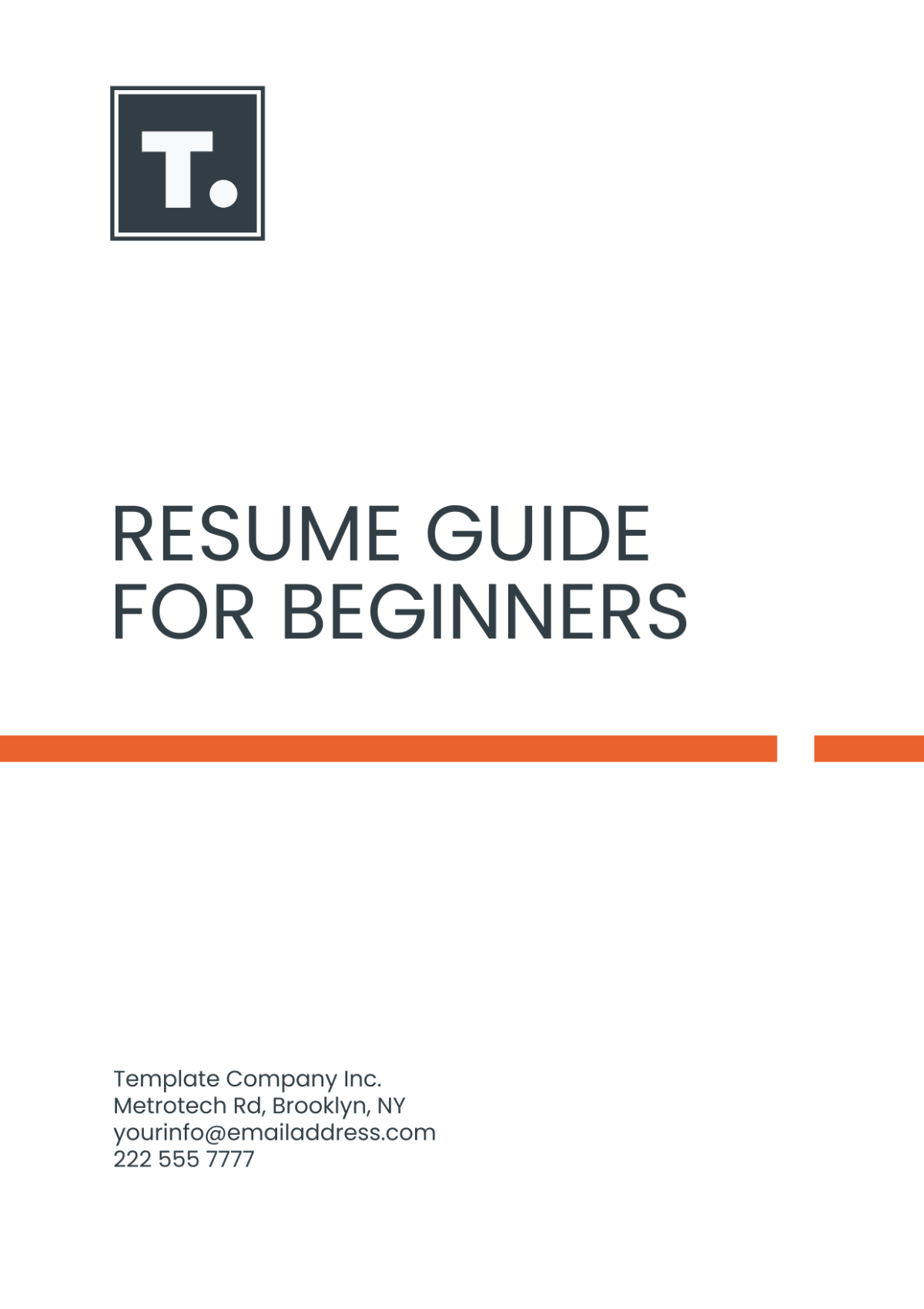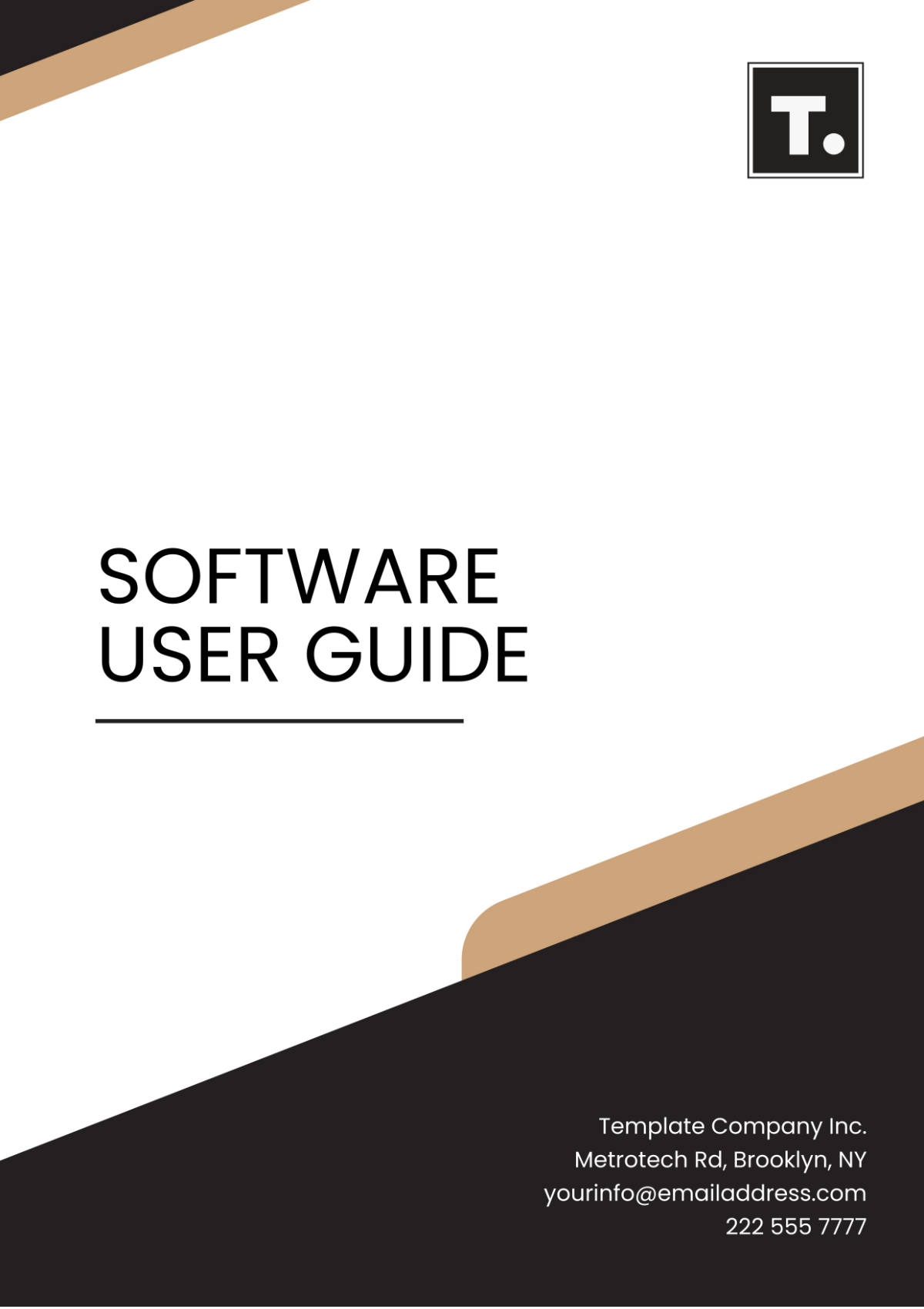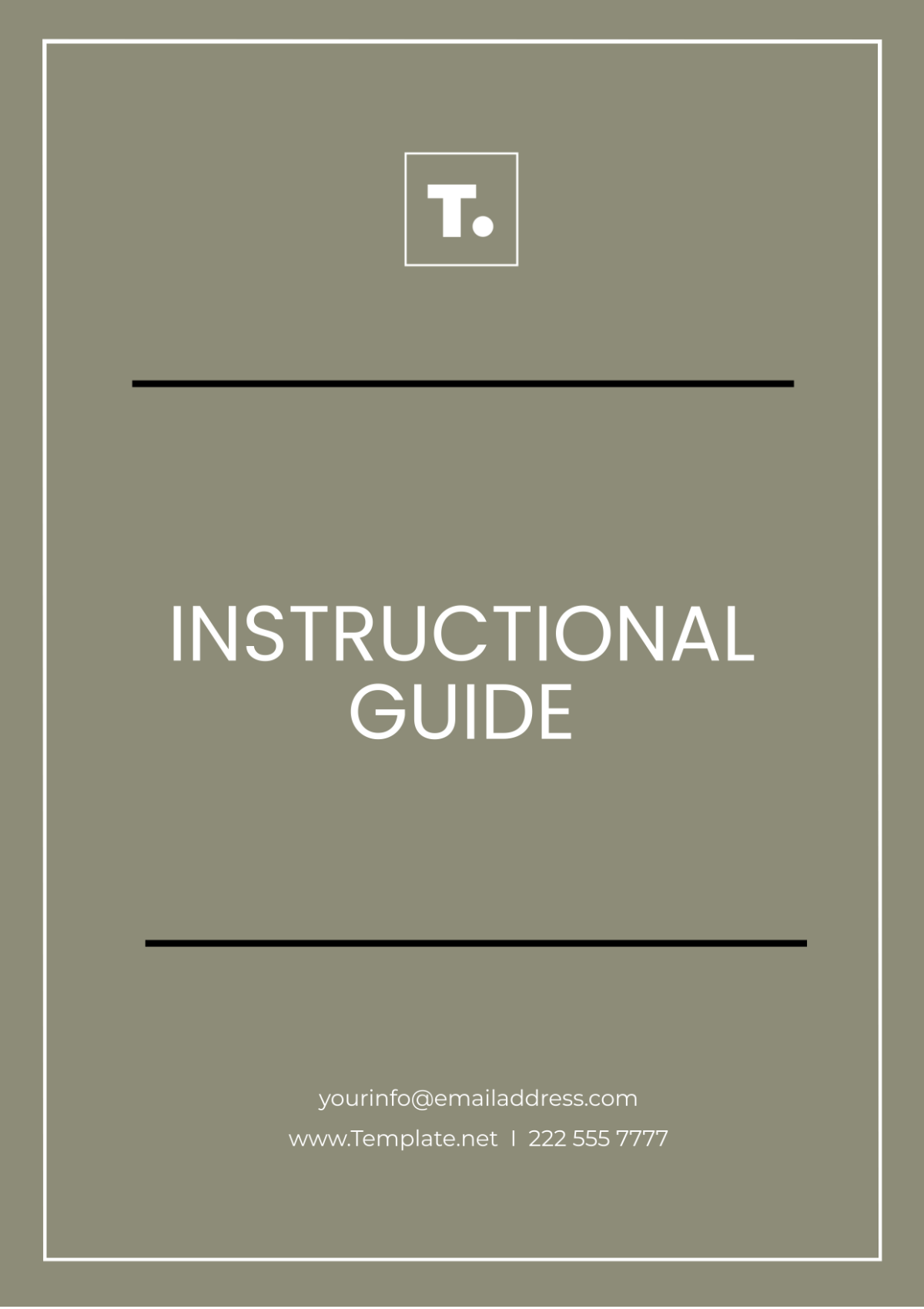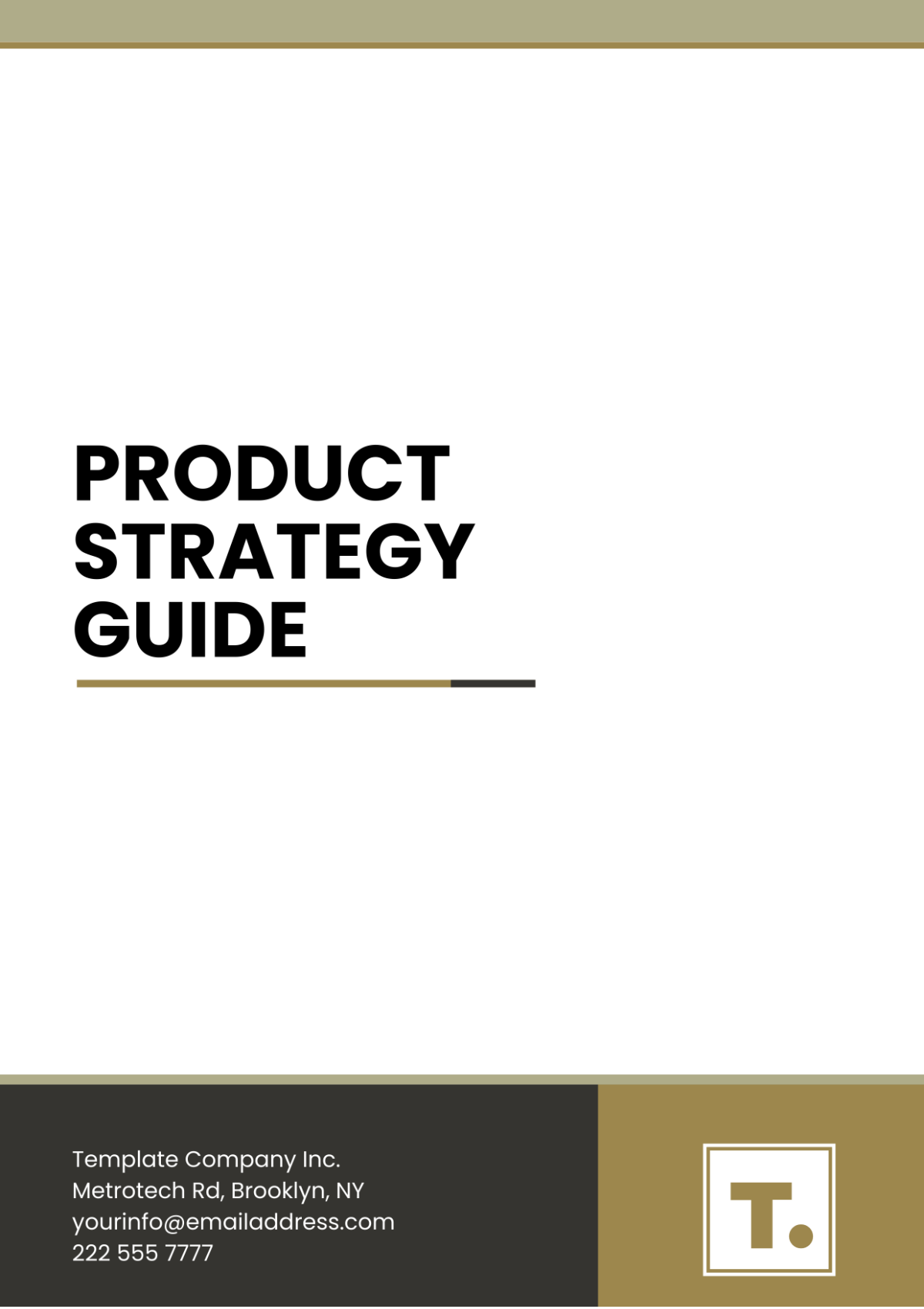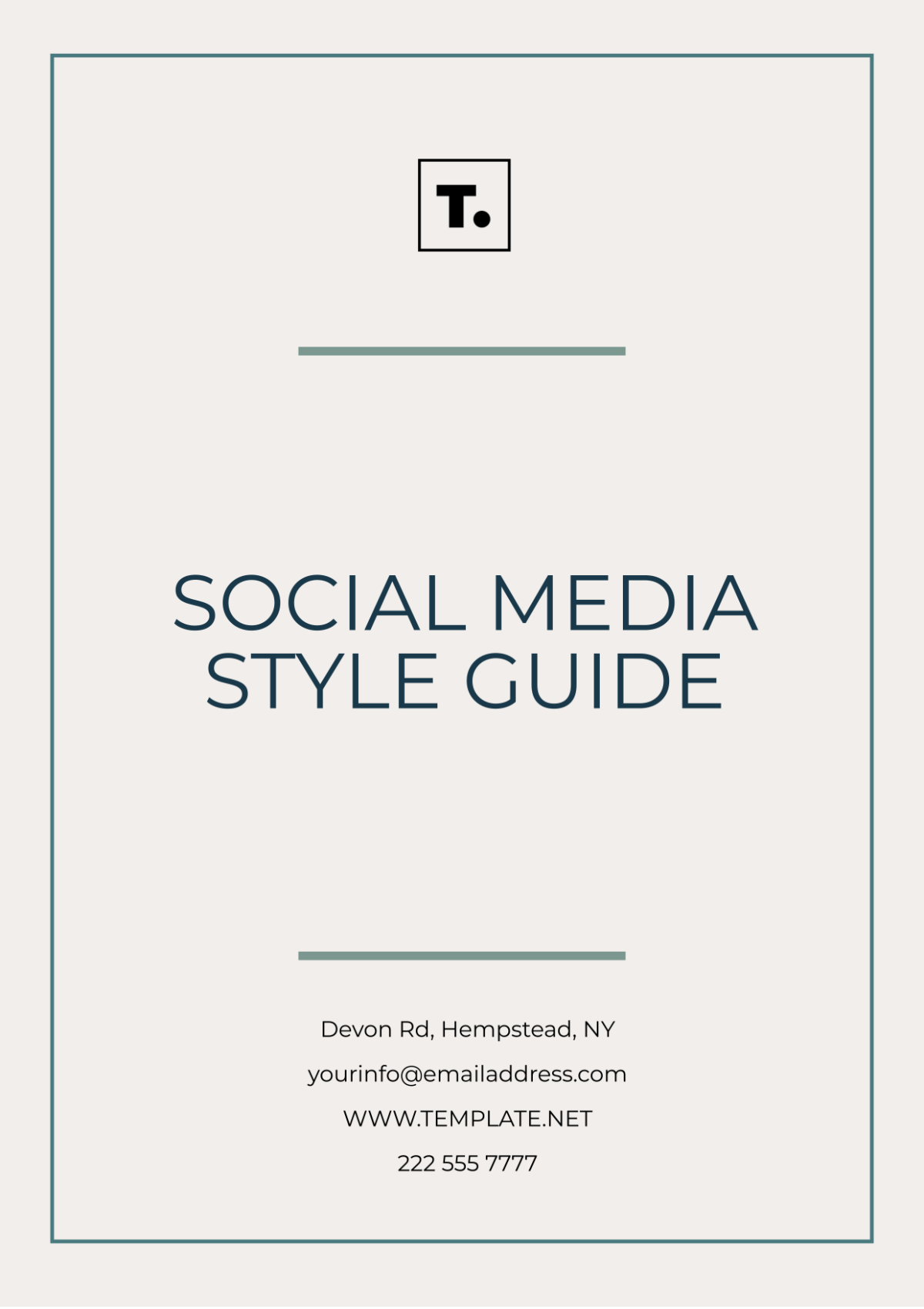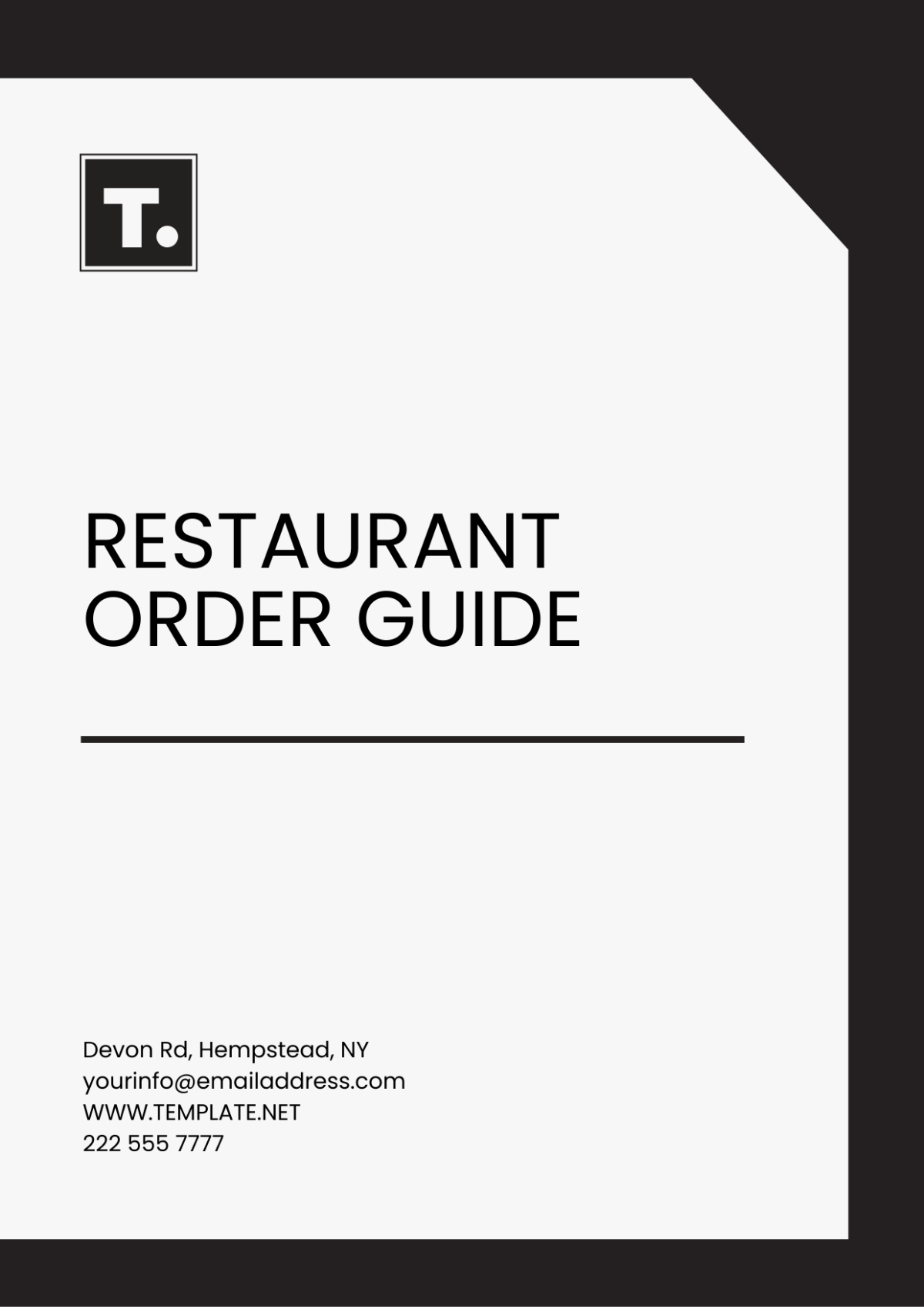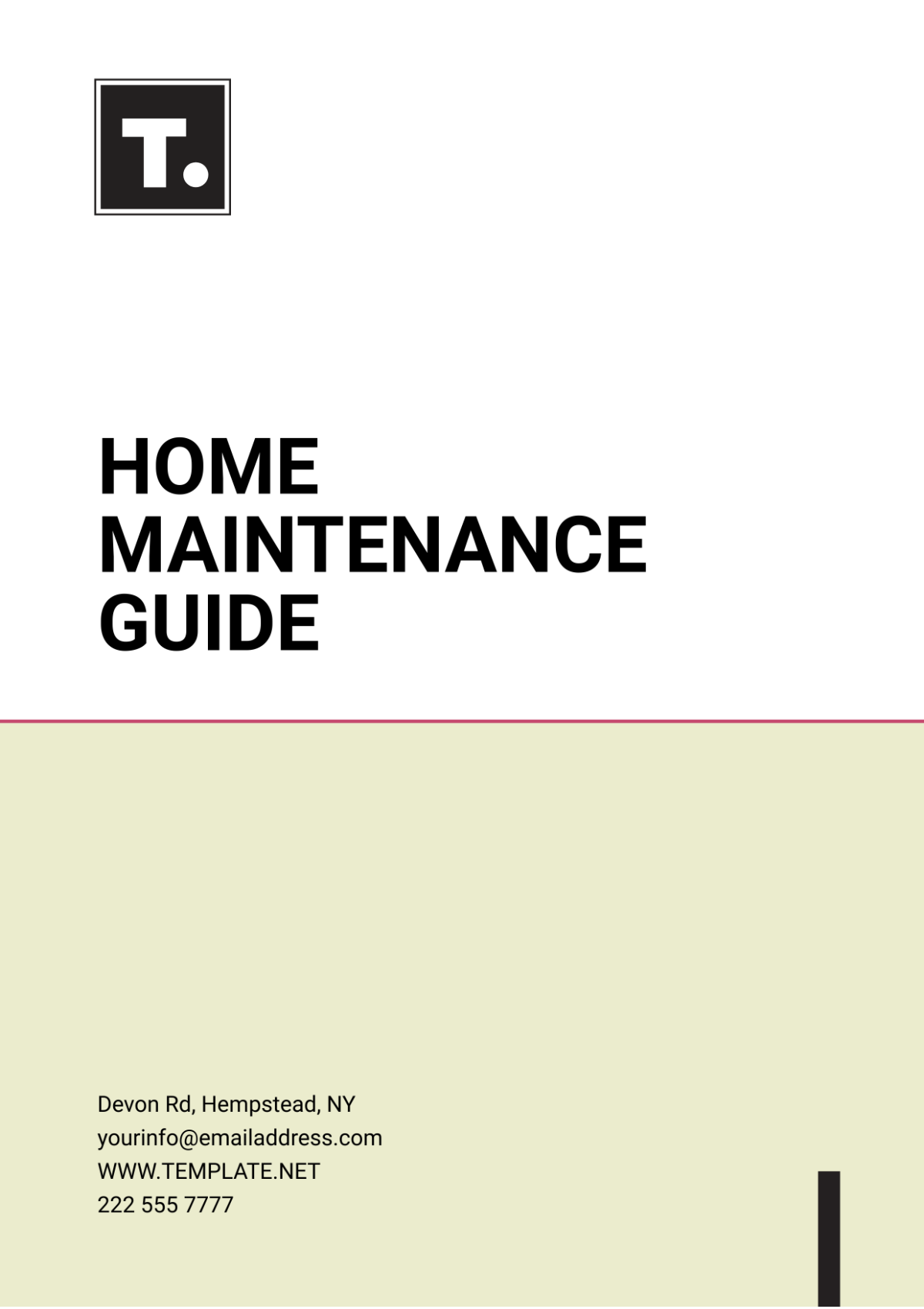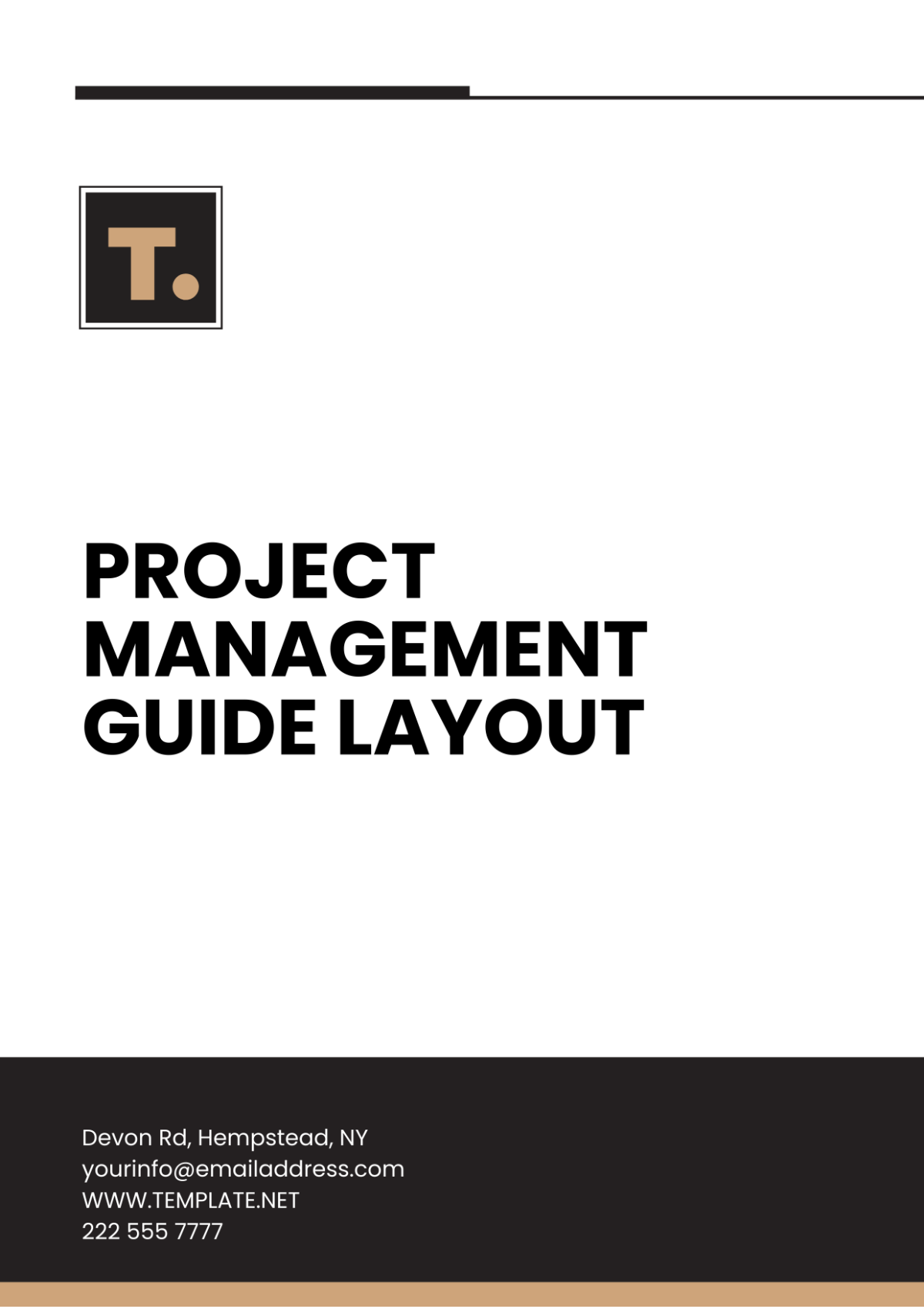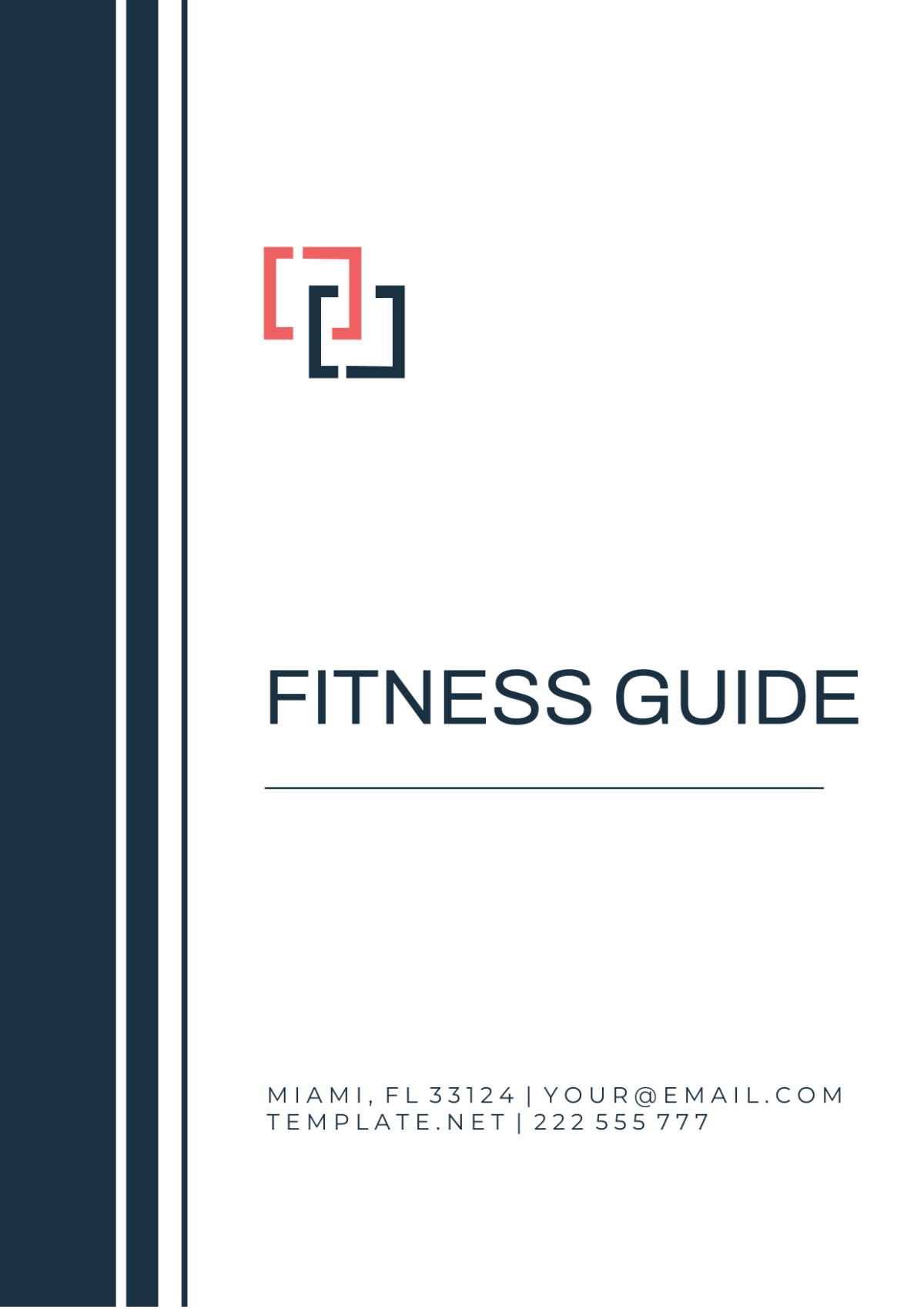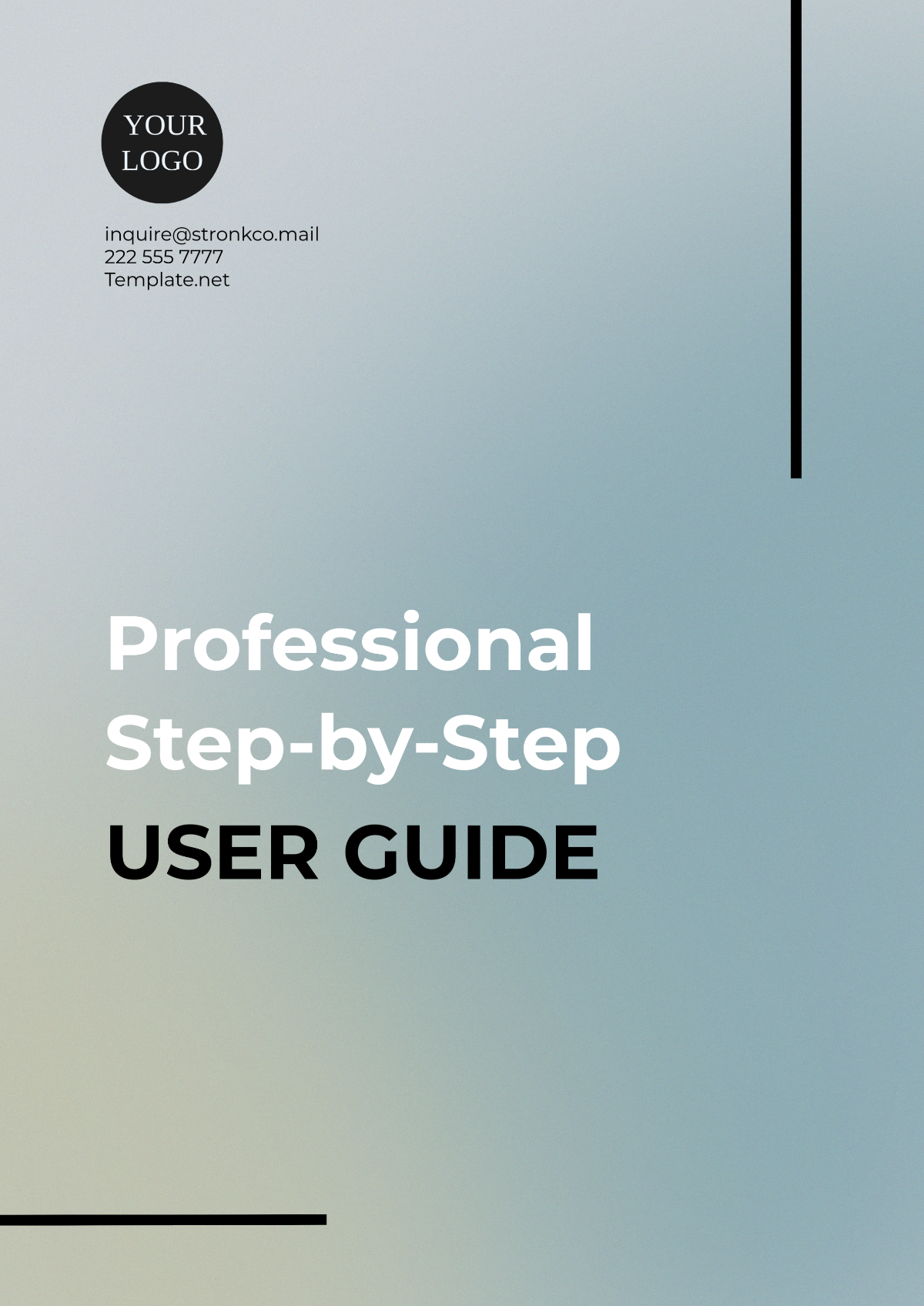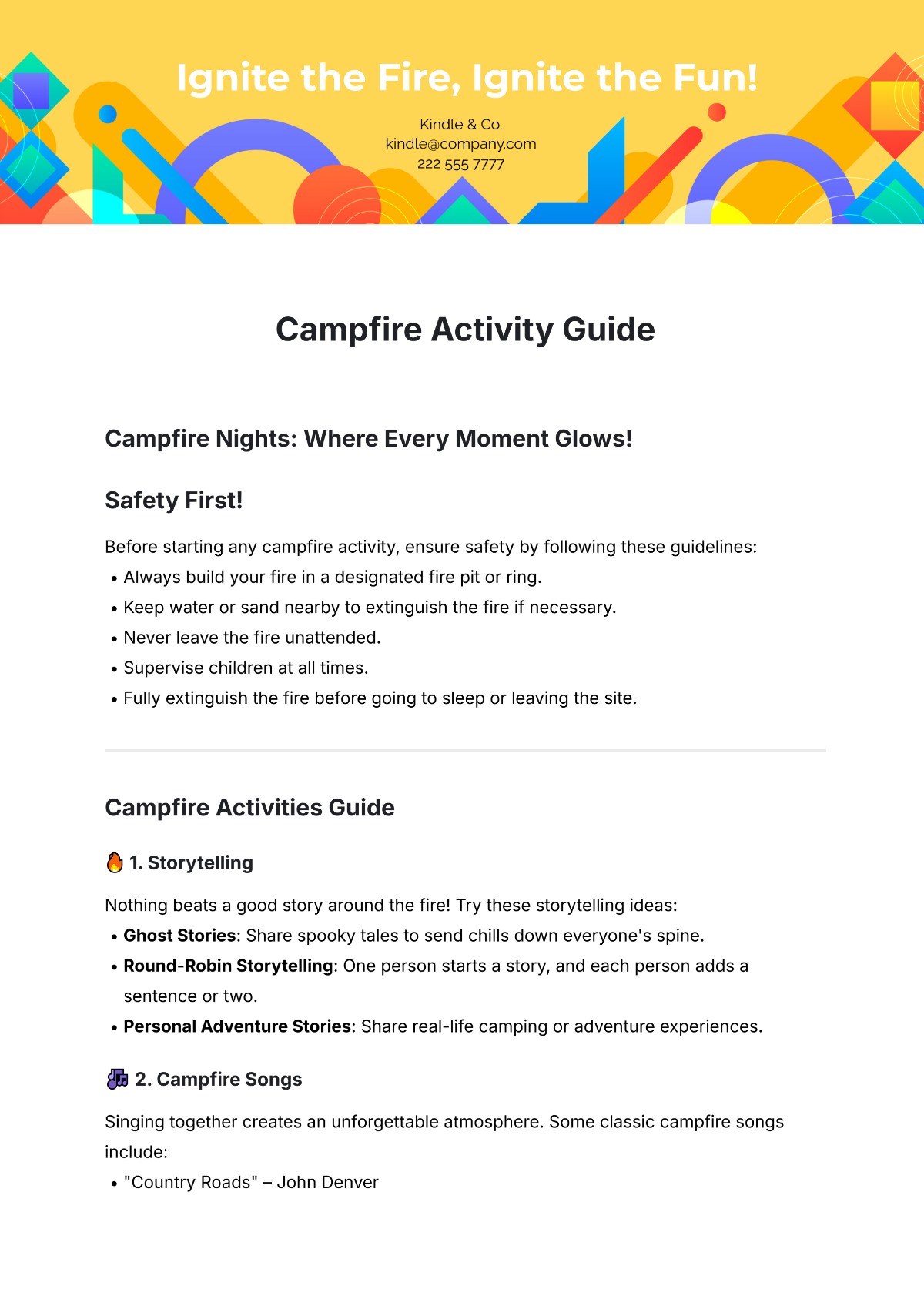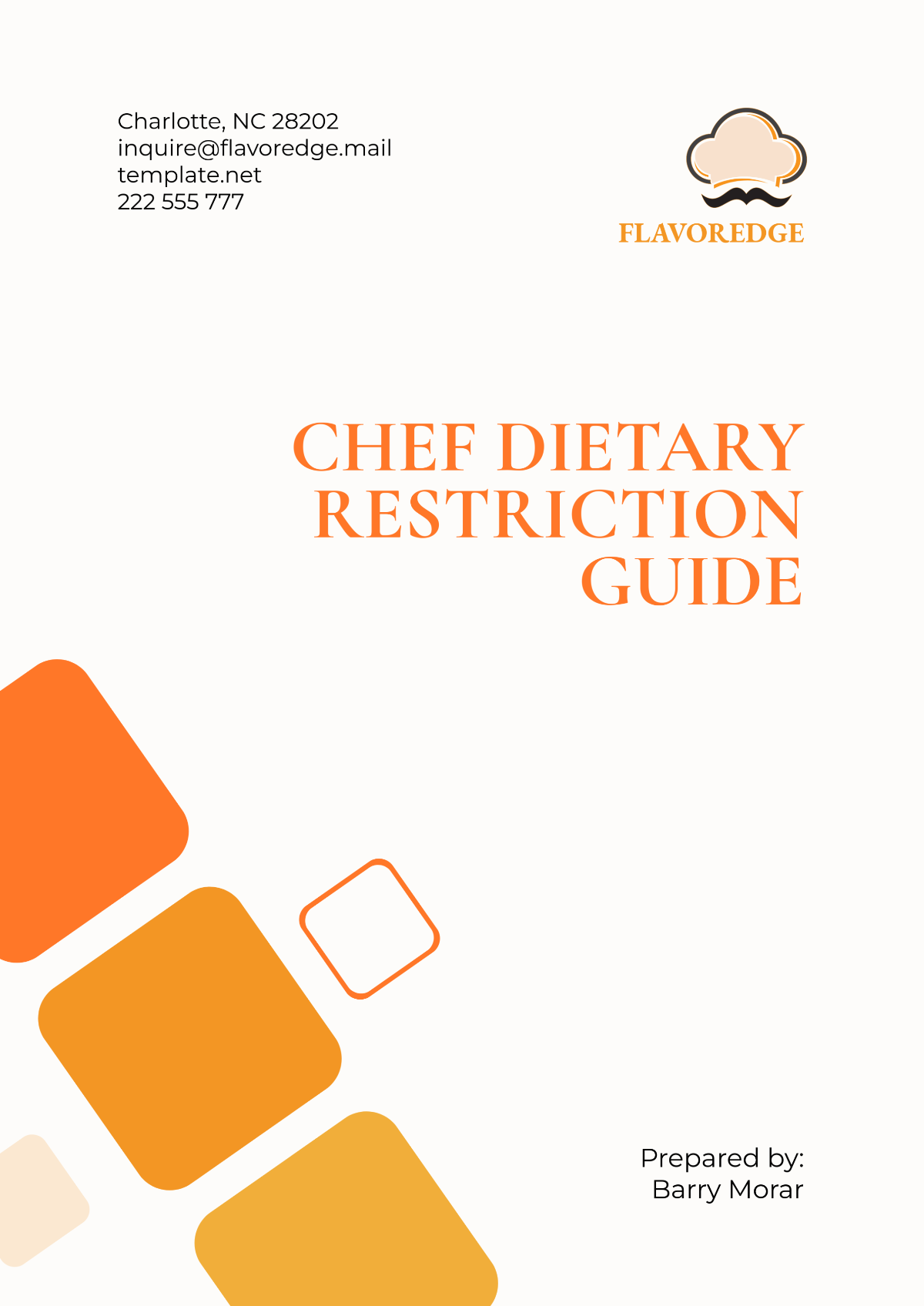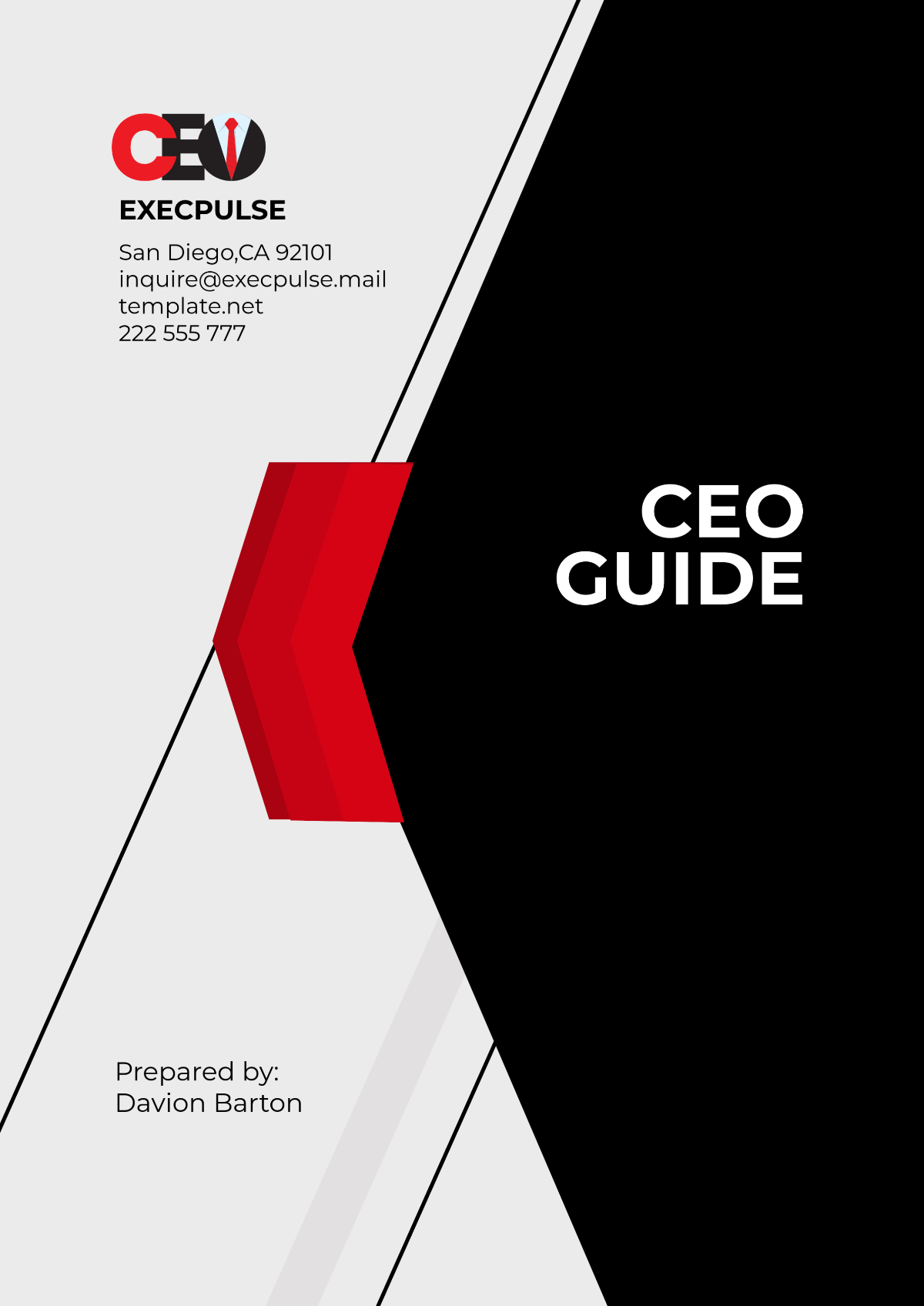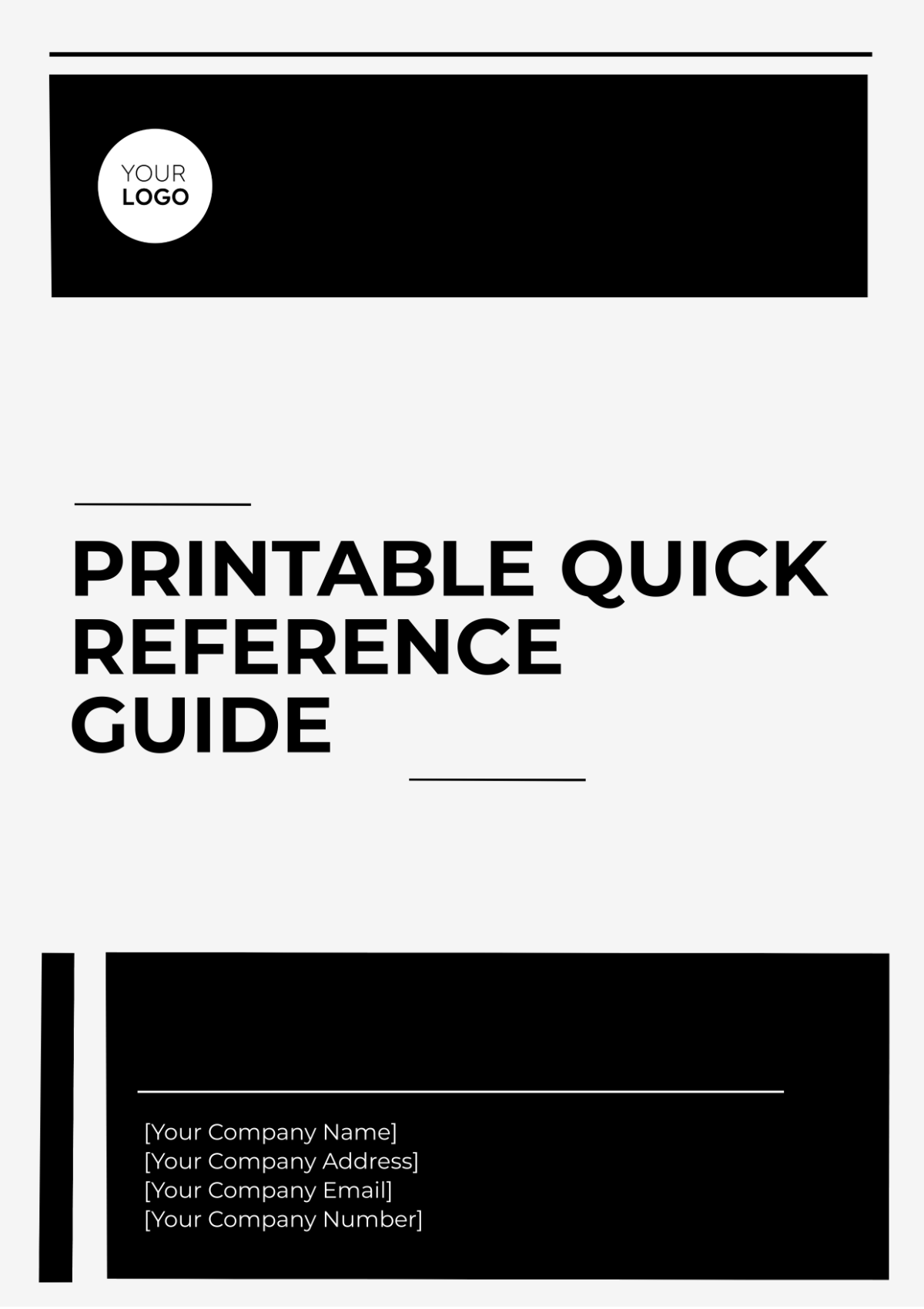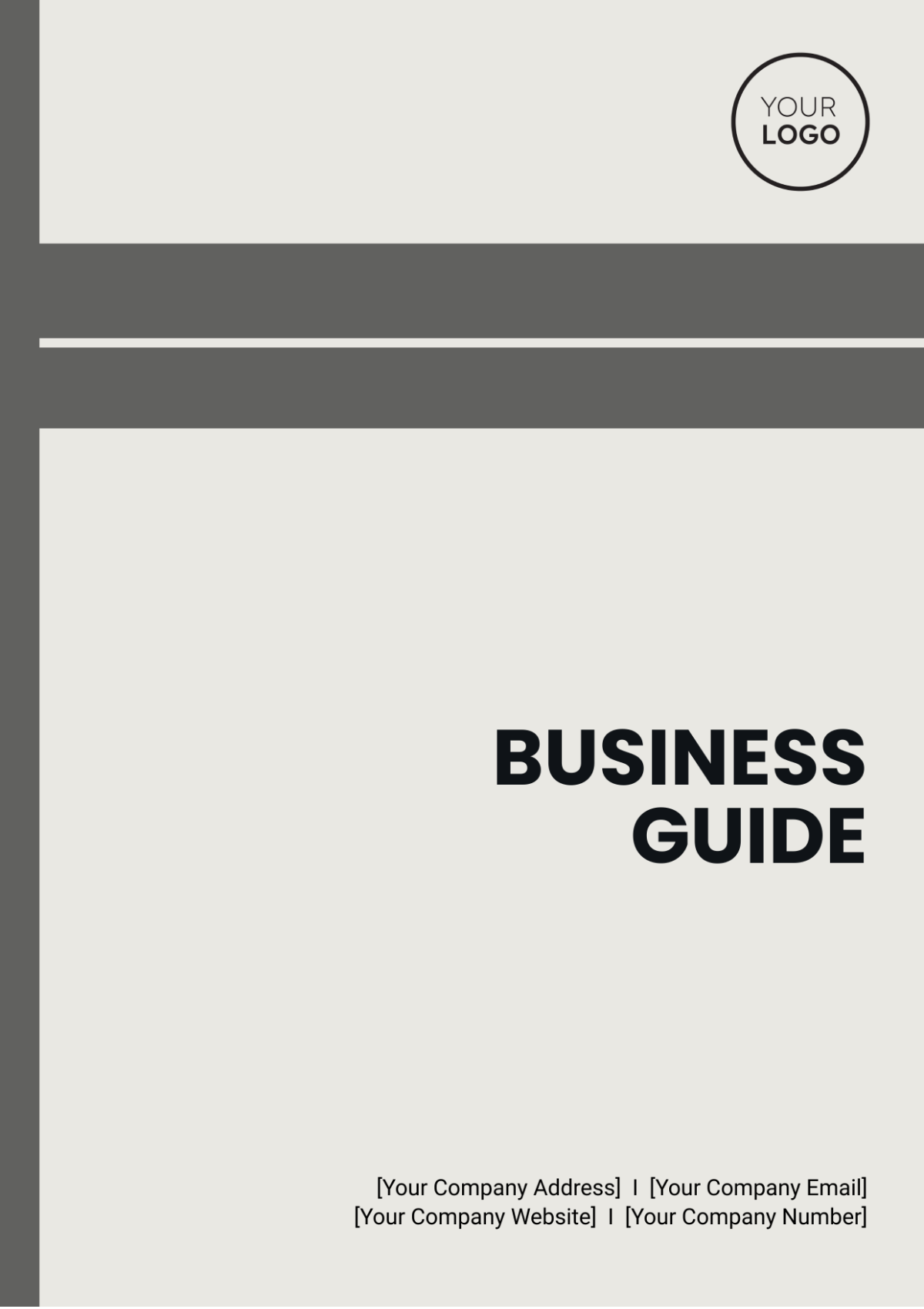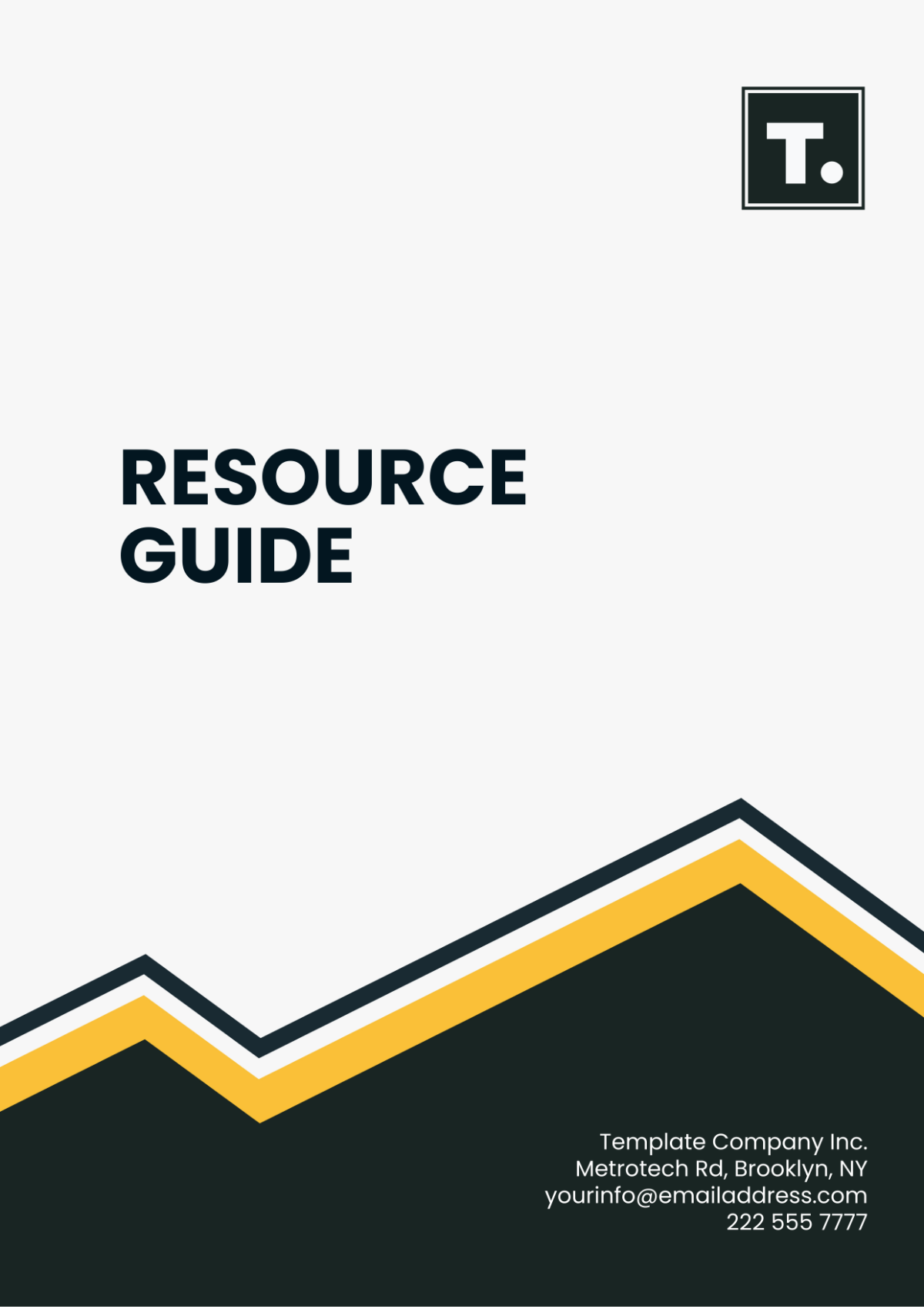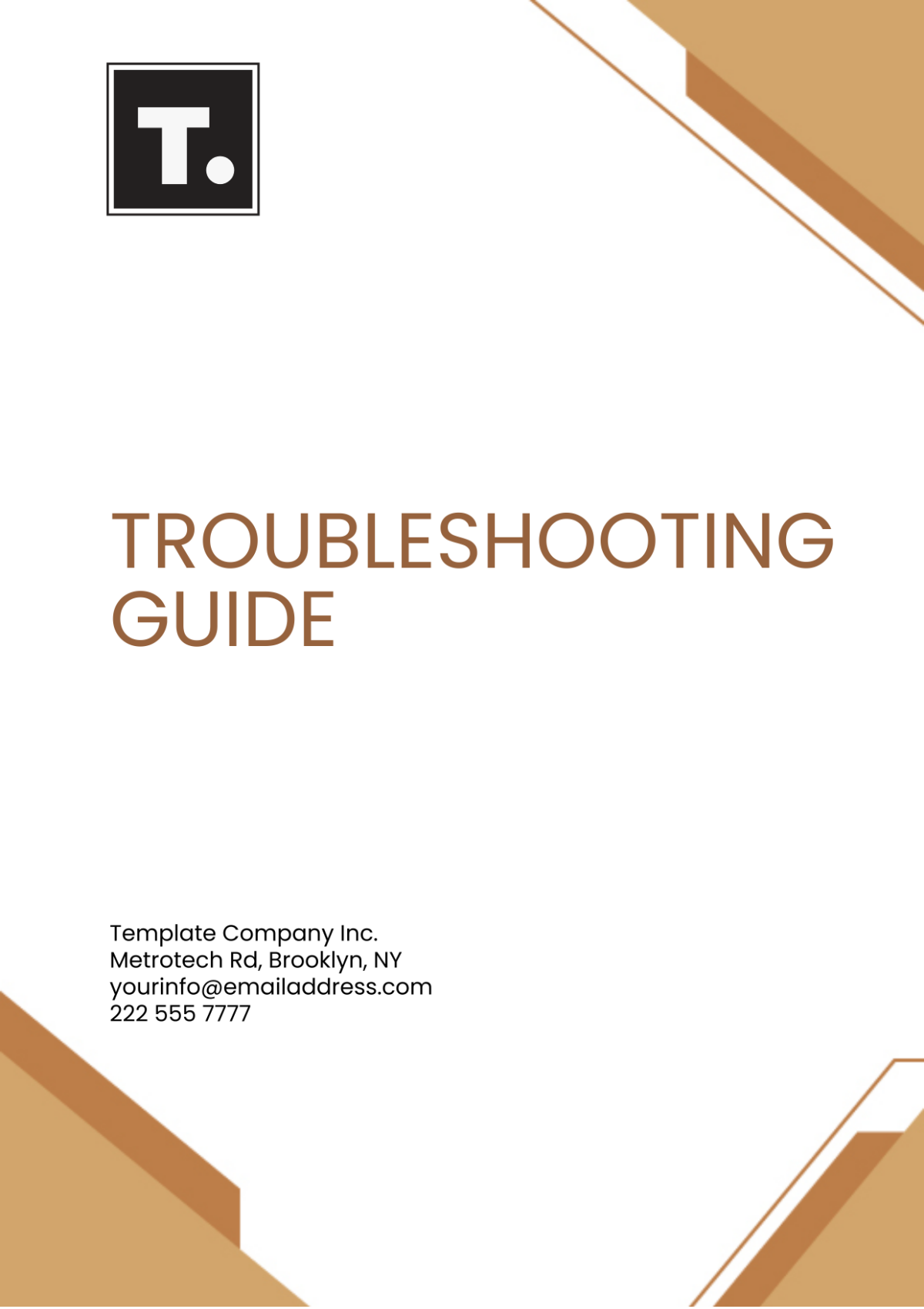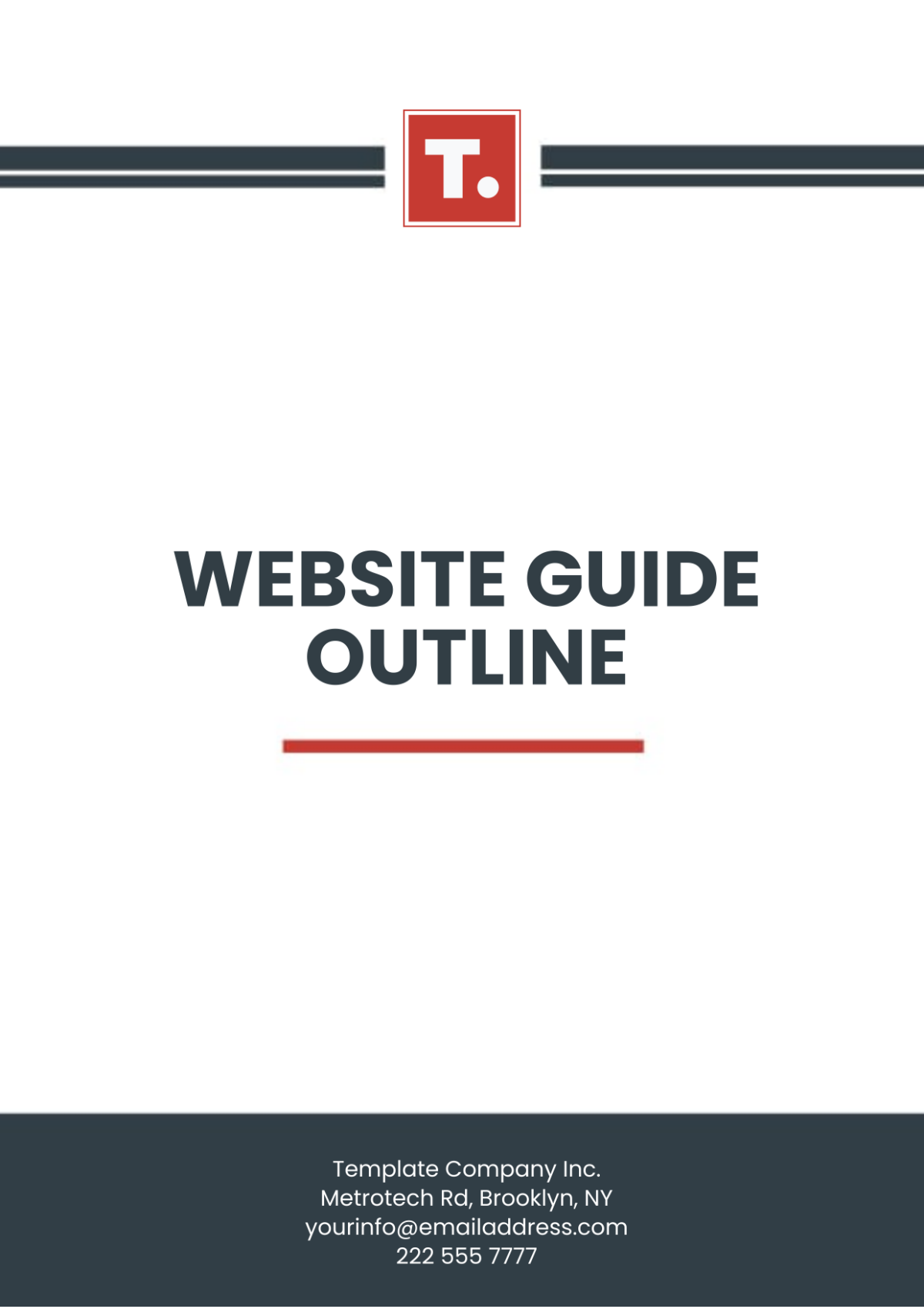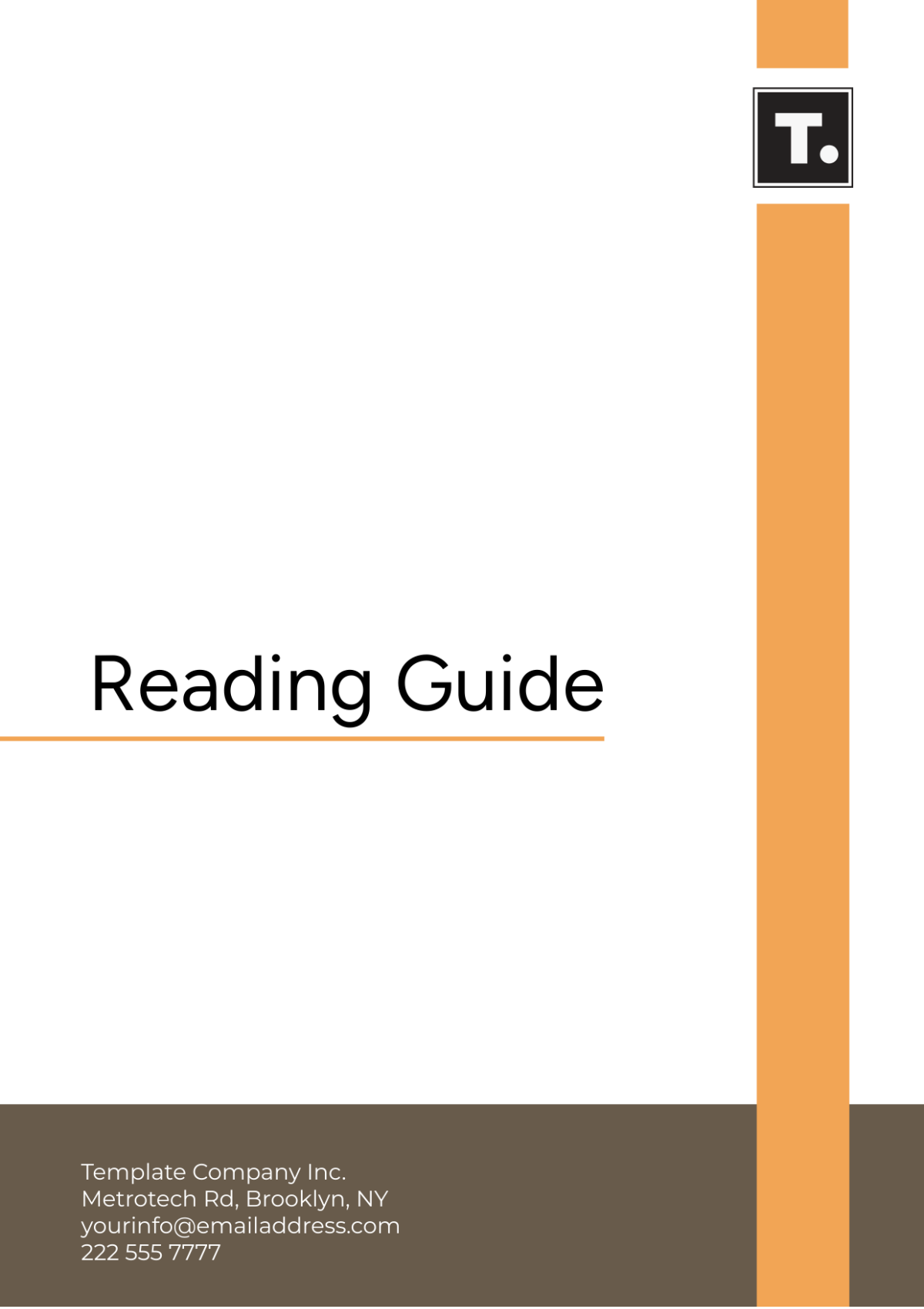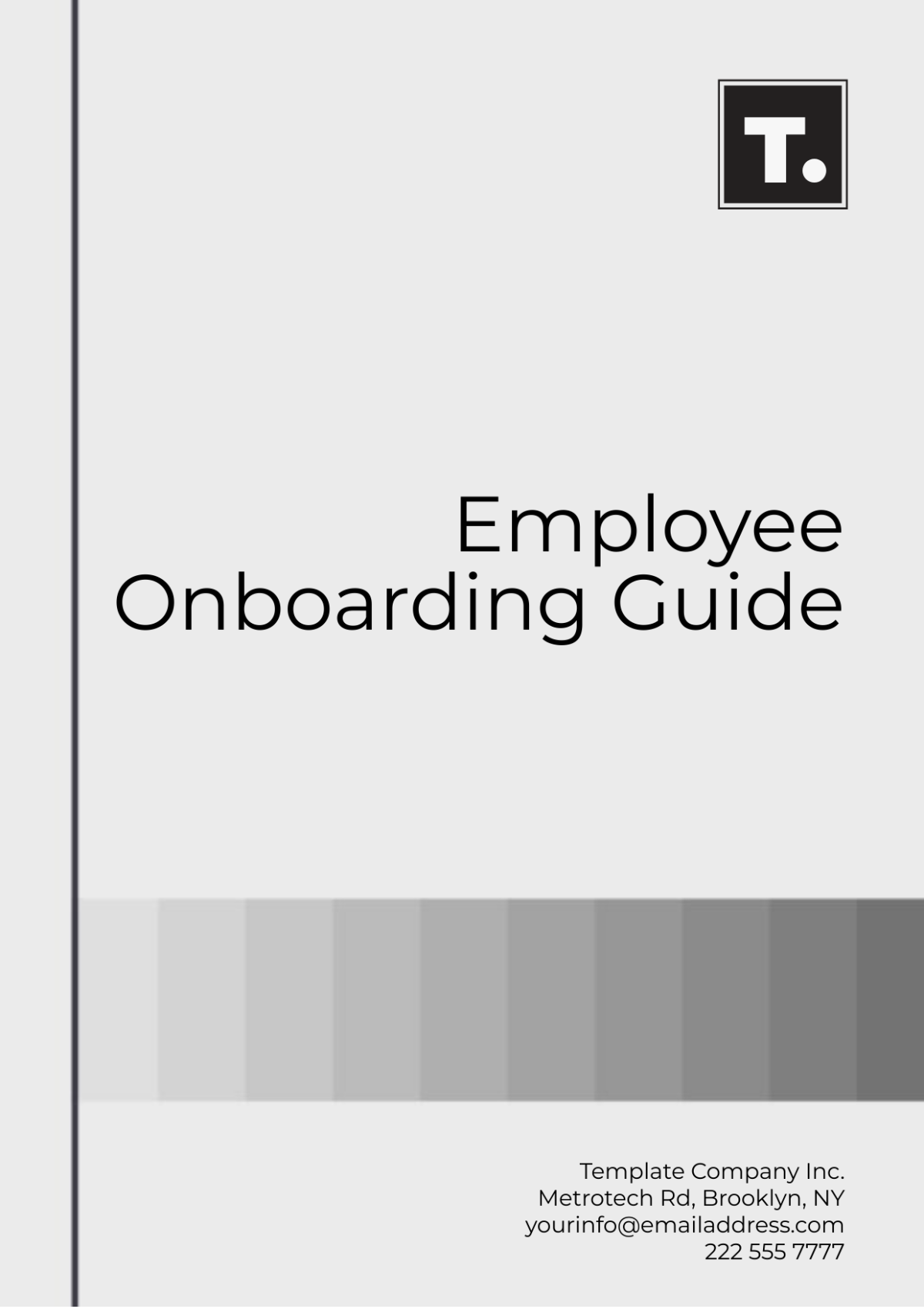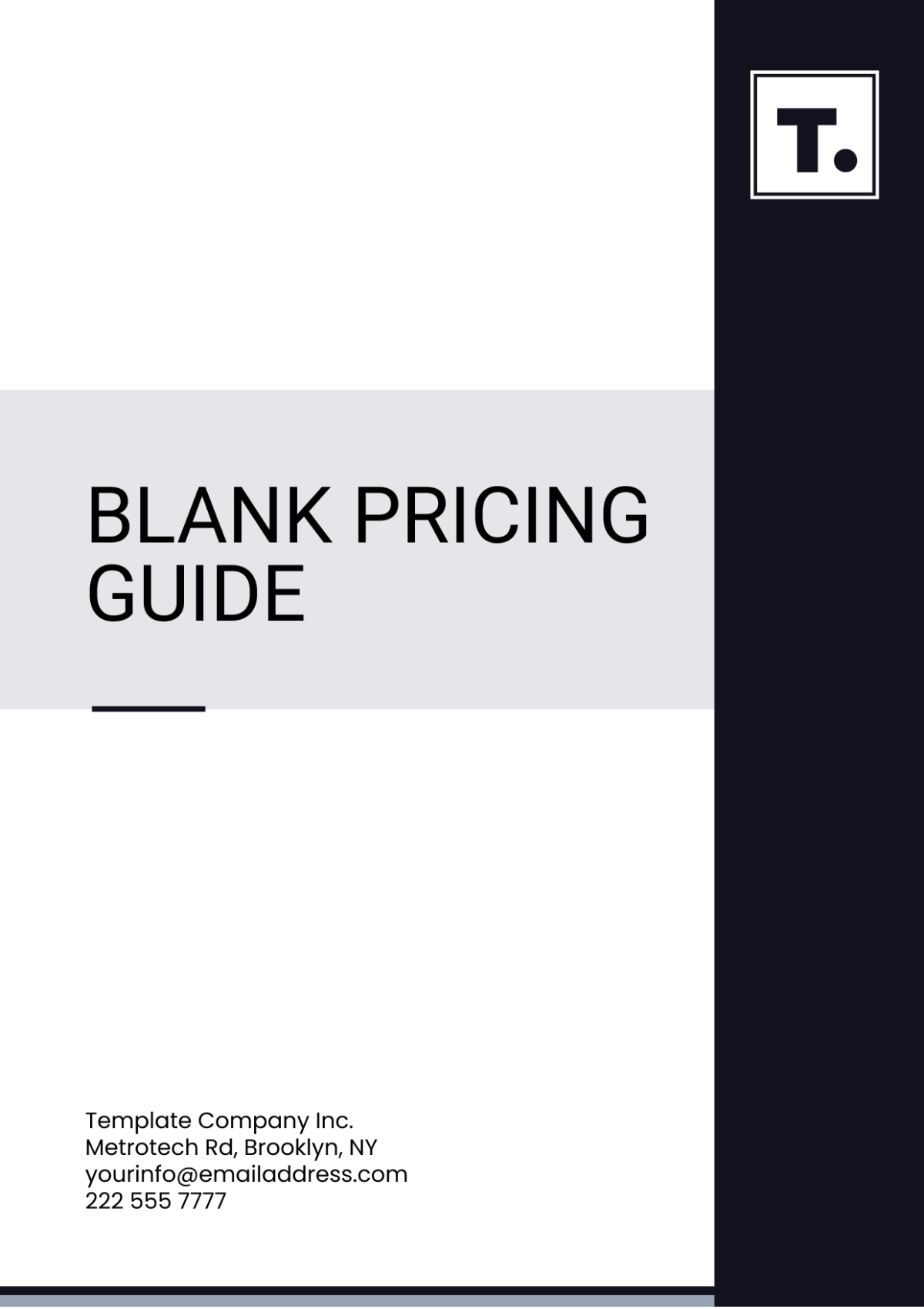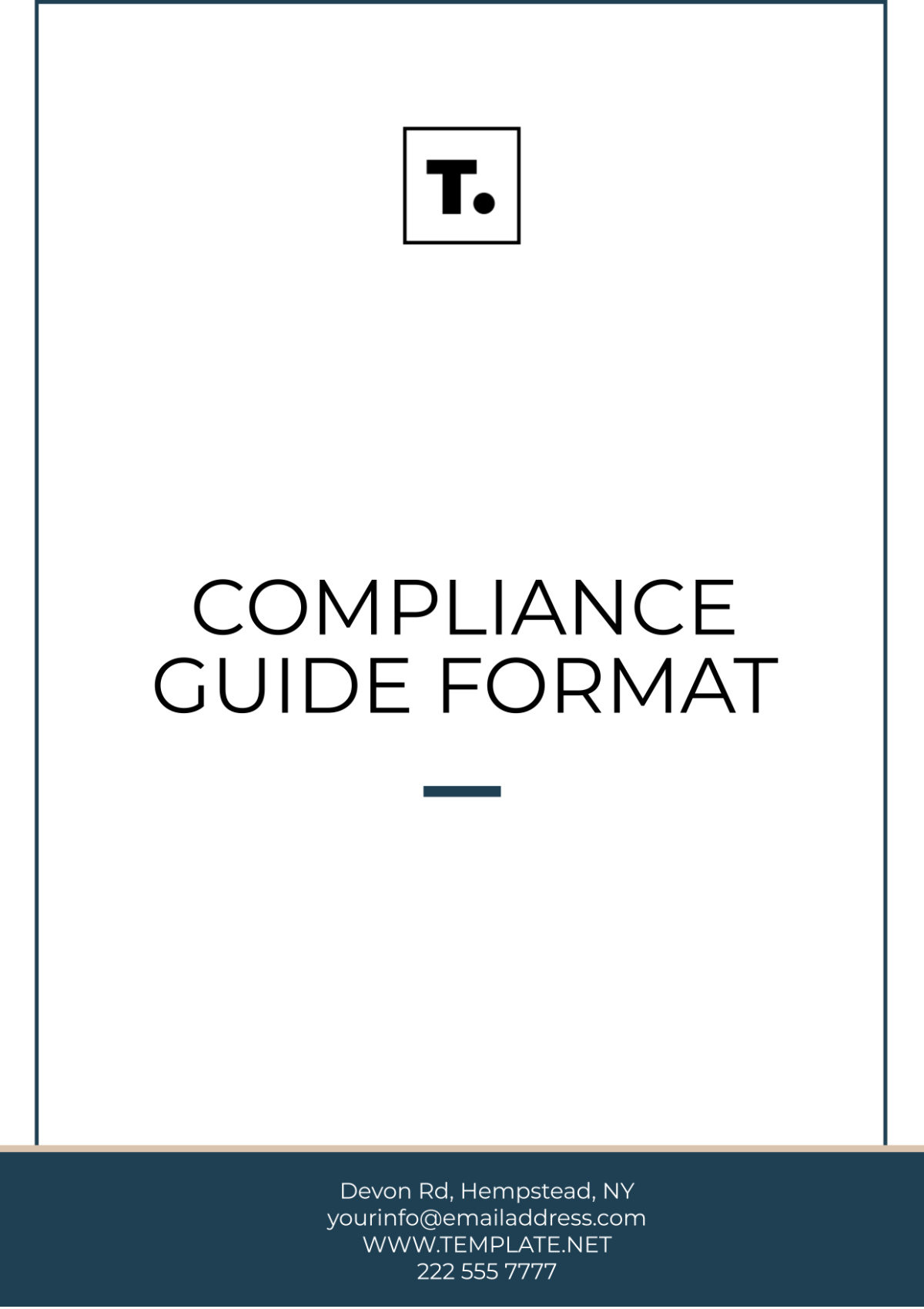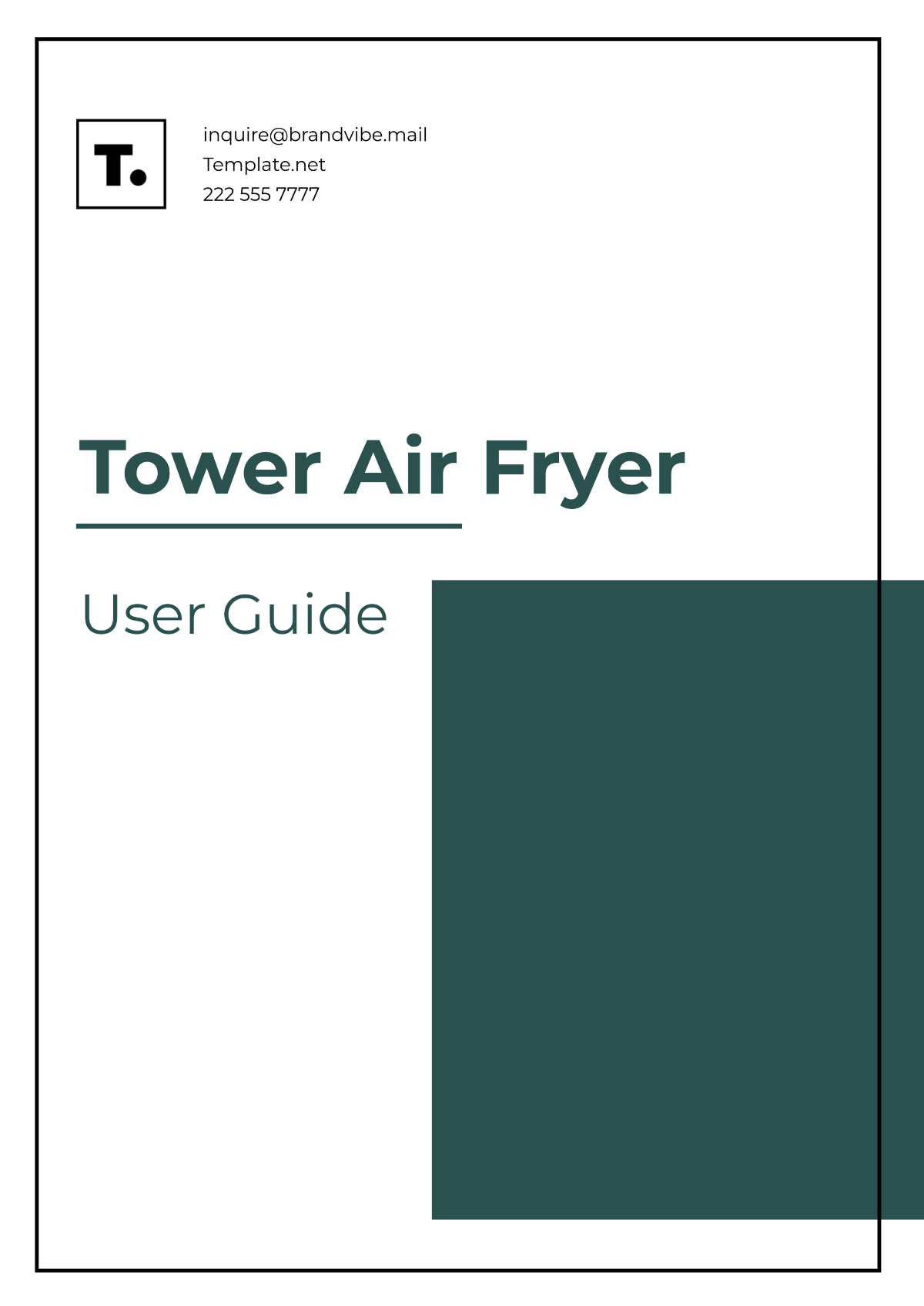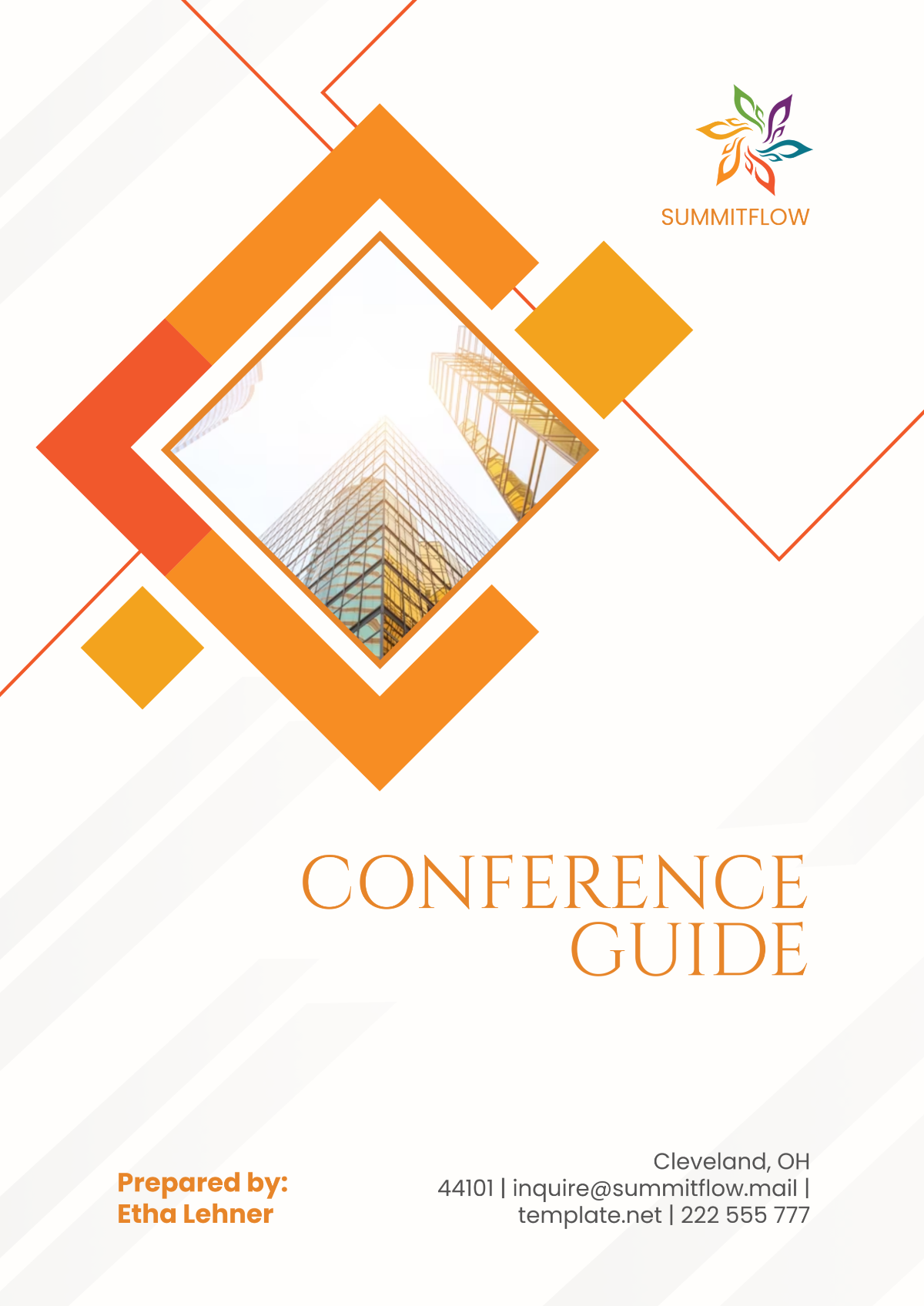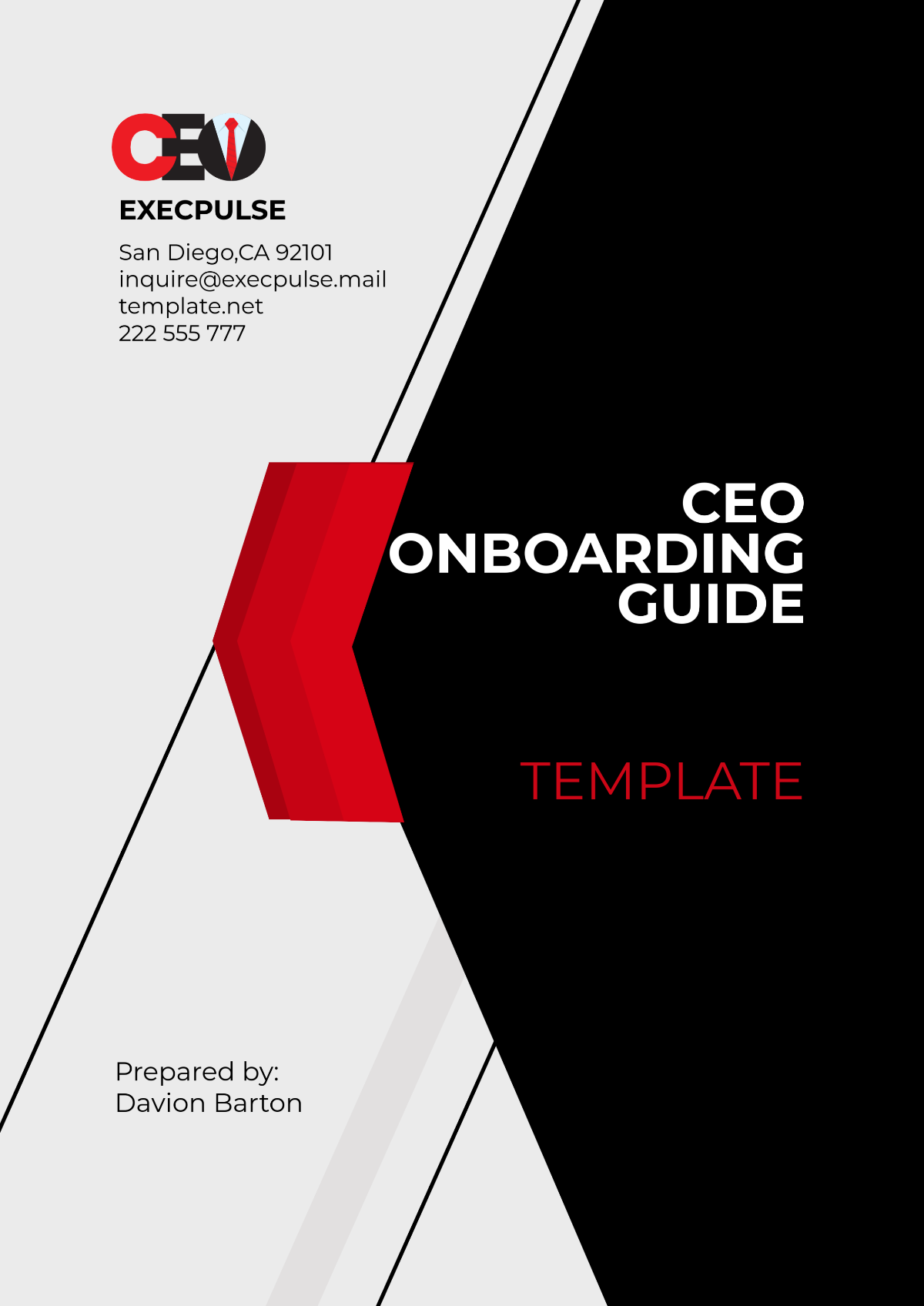Cafe Weekly Planning Guide
I. Executive Summary
The purpose of this Cafe Weekly Planning Guide is to provide a structured approach to managing [Your Company Name] Cafe's weekly operations. This guide is designed to streamline processes, enhance customer satisfaction, optimize resource utilization, and ensure smooth and efficient functioning of the cafe. By following this comprehensive plan, the cafe can achieve its business objectives while maintaining high standards of service and quality.
Streamlining processes involves creating clear, efficient workflows that reduce redundancy and ensure that each task is performed consistently. This approach helps in minimizing errors and delays, leading to a more efficient operation. A streamlined process allows the cafe to operate smoothly even during peak hours, ensuring that customers receive prompt and reliable service.
Enhancing customer satisfaction is a key focus of this planning guide. By providing excellent service, maintaining a clean and welcoming environment, and offering high-quality food and beverages, the cafe can build a loyal customer base. Satisfied customers are more likely to return and recommend the cafe to others, contributing to long-term success.
Optimizing resource utilization involves making the best use of available resources, including staff, inventory, and equipment. Effective resource management helps in reducing waste, controlling costs, and ensuring that the cafe operates sustainably. This guide provides strategies for efficient staff scheduling, inventory management, and equipment maintenance to achieve optimal resource utilization.
Ensuring smooth and efficient functioning of the cafe requires careful planning and coordination. This guide outlines daily, weekly, and monthly tasks that need to be performed to keep the cafe running efficiently. By following a structured plan, the cafe can maintain high standards of service and quality while achieving its business objectives.
II. Objectives
The primary objectives of this weekly planning guide are essential for the successful operation and growth of [Your Company Name] Cafe. These objectives are focused on ensuring consistent service quality, effective management, resource optimization, and continuous improvement.
1. Ensure Consistent and High-Quality Service Throughout the Week
Consistency in service quality is crucial for customer satisfaction and retention. This objective involves standardizing processes and training staff to provide the same level of service every day. Consistent service helps in building a reliable reputation and ensures that customers know what to expect every time they visit.
2. Effectively Manage Staff Schedules and Workloads
Managing staff schedules and workloads efficiently ensures that the cafe is adequately staffed during peak and off-peak hours. This objective involves creating a balanced schedule that prevents staff burnout and ensures that there are enough employees to handle the workload. Effective staff management also includes cross-training employees to perform multiple roles, enhancing flexibility and coverage.
3. Optimize Inventory Levels and Minimize Waste
Optimizing inventory levels is crucial for maintaining a balance between having enough stock to meet demand and minimizing waste. This objective involves regular inventory checks, accurate demand forecasting, and timely reordering of supplies. By optimizing inventory, the cafe can reduce costs and ensure that ingredients are always fresh and available.
4. Plan and Execute Special Menu Items and Promotions
Introducing special menu items and promotions can attract new customers and keep regular patrons excited about the offerings. This objective involves planning weekly specials, seasonal menu items, and promotional events that align with customer preferences and trends. Effective promotion and execution of these items can boost sales and enhance the cafe's reputation.
5. Maintain a Clean, Safe, and Welcoming Environment
A clean and safe environment is essential for customer comfort and health. This objective involves regular cleaning schedules, proper sanitation practices, and routine maintenance of equipment and facilities. By maintaining a clean and welcoming environment, the cafe can ensure a pleasant experience for customers and comply with health regulations.
6. Monitor Financial Performance and Stay Within Budget
Monitoring financial performance helps in understanding the cafe's profitability and managing expenses. This objective involves tracking daily and weekly sales, analyzing costs, and comparing actual expenses against the budget. Staying within budget ensures that the cafe remains financially healthy and can invest in growth and improvements.
7. Gather and Act on Customer Feedback for Continuous Improvement
Customer feedback is invaluable for identifying areas of improvement and making necessary adjustments. This objective involves collecting feedback through surveys, reviews, and direct interactions with customers. Acting on this feedback helps in addressing issues, enhancing service quality, and continuously improving the overall customer experience.
III. Daily Operations Schedule
A well-organized daily operations schedule is crucial for the smooth functioning of the cafe. This schedule outlines the key tasks to be performed each day, ensuring that all aspects of the cafe's operations are covered.
Monday to Sunday Schedule
Time Slot | Task | Responsible Person |
|---|---|---|
6:00 AM - 7:00 AM | Opening procedures, equipment check, setup | Opening staff |
7:00 AM - 10:00 AM | Morning rush: Serve breakfast, coffee | Baristas, kitchen staff |
10:00 AM - 11:00 AM | Mid-morning cleanup, restock supplies | All staff |
11:00 AM - 2:00 PM | Lunch rush: Serve lunch menu items | Baristas, kitchen staff |
2:00 PM - 3:00 PM | Afternoon break: Deep cleaning, restocking | All staff |
3:00 PM - 5:00 PM | Prepare for evening: Set up dinner items | Kitchen staff |
5:00 PM - 8:00 PM | Evening service: Serve dinner, drinks | Baristas, kitchen staff |
8:00 PM - 9:00 PM | Closing procedures, final cleanup | Closing staff |
Key Tasks for Each Time Slot
Opening Procedures:
Check equipment functionality.
Set up the seating area.
Prepare ingredients for the day.
Morning Rush:
Serve breakfast and coffee.
Manage customer orders efficiently.
Mid-Morning Cleanup:
Clean tables and counters.
Restock supplies as needed.
Lunch Rush:
Serve lunch items.
Maintain quick and accurate service.
Afternoon Break:
Deep clean kitchen and seating areas.
Restock and prepare for the evening.
Evening Service:
Serve dinner items and beverages.
Provide excellent customer service.
Closing Procedures:
Final cleanup of all areas.
Ensure all equipment is turned off and secure.
IV. Staff Scheduling and Management
Effective staff scheduling ensures that the cafe is adequately staffed during peak and off-peak hours. It also helps in managing workloads and preventing burnout among employees.
Weekly Staff Roster
Staff Member | Monday | Tuesday | Wednesday | Thursday | Friday | Saturday | Sunday |
|---|---|---|---|---|---|---|---|
Manager | 9 AM - 5 PM | 9 AM - 5 PM | 9 AM - 5 PM | 9 AM - 5 PM | 9 AM - 5 PM | Off | Off |
Barista 1 | 6 AM - 2 PM | 6 AM - 2 PM | 6 AM - 2 PM | 6 AM - 2 PM | 6 AM - 2 PM | 8 AM - 4 PM | 8 AM - 4 PM |
Barista 2 | 2 PM - 10 PM | 2 PM - 10 PM | 2 PM - 10 PM | 2 PM - 10 PM | 2 PM - 10 PM | 4 PM - 12 AM | 4 PM - 12 AM |
Kitchen Staff 1 | 6 AM - 2 PM | 6 AM - 2 PM | 6 AM - 2 PM | 6 AM - 2 PM | 6 AM - 2 PM | 8 AM - 4 PM | 8 AM - 4 PM |
Kitchen Staff 2 | 2 PM - 10 PM | 2 PM - 10 PM | 2 PM - 10 PM | 2 PM - 10 PM | 2 PM - 10 PM | 4 PM - 12 AM | 4 PM - 12 AM |
Cleaner | 10 AM - 6 PM | 10 AM - 6 PM | 10 AM - 6 PM | 10 AM - 6 PM | 10 AM - 6 PM | 12 PM - 8 PM | 12 PM - 8 PM |
Staff Responsibilities
Manager:
Oversee daily operations.
Handle customer complaints.
Manage inventory and orders.
Baristas:
Prepare and serve beverages.
Take customer orders.
Maintain cleanliness of the serving area.
Kitchen Staff:
Prepare food items.
Ensure food safety and hygiene.
Restock kitchen supplies.
Cleaner:
Maintain cleanliness of the entire cafe.
Sanitize high-touch areas regularly.
Dispose of waste properly.
V. Inventory Management
Effective inventory management is crucial for minimizing waste, ensuring availability of supplies, and controlling costs.
Weekly Inventory Checklist
Item | Current Stock | Reorder Level | Action Required |
|---|---|---|---|
Coffee Beans | 10 kg | 5 kg | Order 5 kg |
Milk | 20 liters | 10 liters | Order 10 liters |
Bread | 50 loaves | 20 loaves | Order 30 loaves |
Fresh Produce | 30 kg | 10 kg | Order 20 kg |
Disposable Cups | 2000 | 1000 | Order 1000 |
Cleaning Supplies | 10 units | 5 units | Order 5 units |
Inventory Management Strategies
Regular Audits: Conduct weekly inventory audits to ensure accuracy.
Automated Tracking: Use inventory management software to track stock levels in real-time.
Supplier Relationships: Maintain good relationships with suppliers for timely deliveries.
Waste Reduction: Implement measures to reduce food waste, such as FIFO (First In, First Out) method.
Par Levels: Establish par levels for each item to streamline ordering processes.
VI. Menu Planning and Specials
Menu planning involves designing a weekly menu that includes regular items and special promotions to attract customers and keep the offerings fresh and exciting.
Weekly Menu Example
Day | Breakfast Special | Lunch Special | Dinner Special | Beverage Special |
|---|---|---|---|---|
Monday | Avocado Toast | Chicken Caesar Salad | Spaghetti Bolognese | Iced Caramel Latte |
Tuesday | French Toast | Turkey Club Sandwich | Grilled Salmon | Mango Smoothie |
Wednesday | Omelette | Veggie Wrap | Beef Stir Fry | Mocha Frappuccino |
Thursday | Pancakes | BLT Sandwich | Chicken Alfredo | Strawberry Lemonade |
Friday | Bagel with Cream Cheese | BBQ Pulled Pork Sandwich | Shrimp Tacos | Chai Latte |
Saturday | Eggs Benedict | Caprese Salad | Lasagna | Cold Brew Coffee |
Sunday | Breakfast Burrito | Grilled Cheese | BBQ Ribs | Vanilla Iced Coffee |
Menu Planning Tips
Seasonal Ingredients: Incorporate seasonal ingredients to enhance flavor and reduce costs.
Customer Preferences: Consider customer preferences and feedback when planning specials.
Balanced Offerings: Ensure a balanced menu with options for different dietary needs.
Promotions: Use special promotions to attract new customers and boost sales during slower periods.
Consistency: Maintain consistency in taste and presentation for all menu items.
VII. Marketing and Promotion
Effective marketing and promotion strategies are essential for attracting and retaining customers. This involves planning weekly promotional activities and marketing campaigns.
Weekly Marketing Plan
Day | Activity | Objective | Platform |
|---|---|---|---|
Monday | Social Media Post: Breakfast Special | Increase morning foot traffic | Instagram, Facebook |
Tuesday | Email Newsletter: Weekly Specials | Inform customers of specials | |
Wednesday | In-Store Promotion: Discount on Drinks | Boost midweek sales | In-store |
Thursday | Collaboration with Local Business | Cross-promotion | Local business partnerships |
Friday | Happy Hour: Discounted Beverages | Increase evening traffic | In-store, social media |
Saturday | Weekend Brunch Promotion | Attract weekend crowd | Instagram, Facebook |
Sunday | Customer Feedback Survey | Gather feedback for improvement | Email, in-store |
Marketing Strategies
Social Media: Use social media platforms to engage with customers and promote specials.
Email Marketing: Send regular newsletters to keep customers informed and engaged.
In-Store Promotions: Offer discounts and promotions to drive sales during slower periods.
Collaborations: Partner with local businesses for cross-promotional opportunities.
Feedback: Collect and act on customer feedback to improve service and offerings.
VIII. Financial Planning and Budgeting
Effective financial planning and budgeting are essential for maintaining profitability and managing costs.
Weekly Budget Example
Category | Budgeted Amount | Actual Amount | Variance | Action Required |
|---|---|---|---|---|
Staff Salaries | $2000 | $1900 | +$100 | None |
Inventory | $1500 | $1600 | -$100 | Review inventory orders |
Utilities | $300 | $280 | +$20 | None |
Marketing | $200 | $220 | -$20 | Adjust future marketing spend |
Maintenance | $100 | $90 | +$10 | None |
Miscellaneous | $50 | $40 | +$10 | None |
Financial Management Strategies
Budget Monitoring: Regularly monitor actual expenses against the budget to identify variances.
Cost Control: Implement cost-saving measures to stay within budget.
Revenue Tracking: Track daily and weekly sales to monitor financial performance.
Expense Analysis: Analyze expenses to identify areas for potential savings.
Profit Margins: Ensure that profit margins are maintained by adjusting pricing and controlling costs.
IX. Maintenance and Cleaning
Regular maintenance and cleaning are essential for maintaining a safe and welcoming environment.
Weekly Cleaning Schedule
Area | Task | Frequency | Responsible Person |
|---|---|---|---|
Seating Area | Clean tables and chairs | Daily | All staff |
Floors | Sweep and mop | Daily | Cleaner |
Kitchen | Deep clean | Twice weekly | Kitchen staff |
Restrooms | Sanitize | Twice daily | Cleaner |
Equipment | Check and clean | Weekly | Manager, kitchen staff |
Waste Disposal | Collect and dispose of waste | As needed | All staff |
Maintenance Tasks
Equipment Inspection: Regularly inspect equipment to ensure proper functioning.
Repairs: Address any repair needs promptly to prevent disruptions.
Safety Checks: Conduct safety checks to ensure compliance with health and safety regulations.
Pest Control: Implement pest control measures to maintain hygiene.
Facility Upkeep: Ensure that the facility is well-maintained and aesthetically pleasing.
X. Review and Feedback
Regular review and feedback mechanisms are essential for continuous improvement and customer satisfaction.
Weekly Review Meetings
Meeting Agenda:
Review of weekly performance
Discussion of customer feedback
Identification of areas for improvement
Planning for the upcoming week
Participants:
Manager
Key staff members
Feedback Collection
Customer Surveys: Conduct regular customer surveys to gather feedback.
Staff Meetings: Hold weekly staff meetings to discuss operational challenges and solutions.
Suggestion Box: Implement a suggestion box for customers and staff to provide feedback.
Online Reviews: Monitor and respond to online reviews to maintain a positive reputation.
Continuous Improvement: Use feedback to make informed decisions and improve operations.

